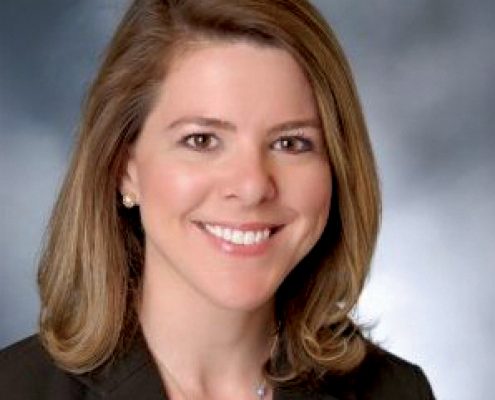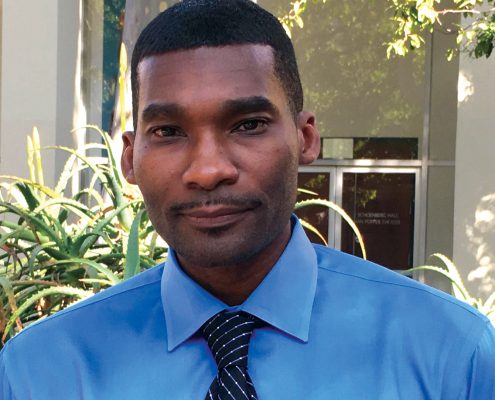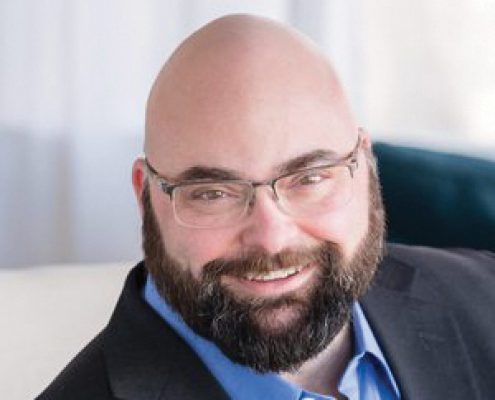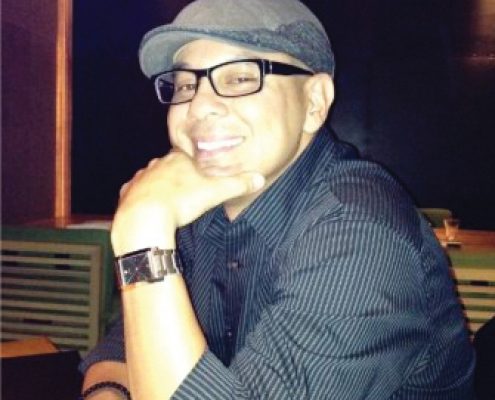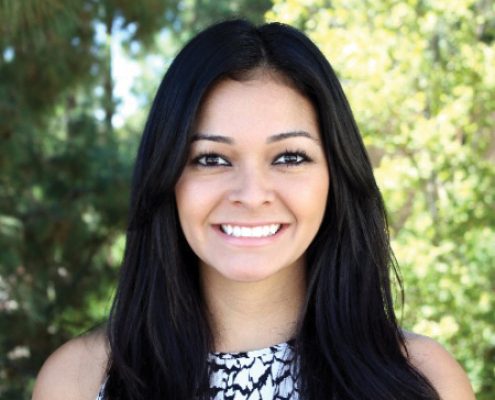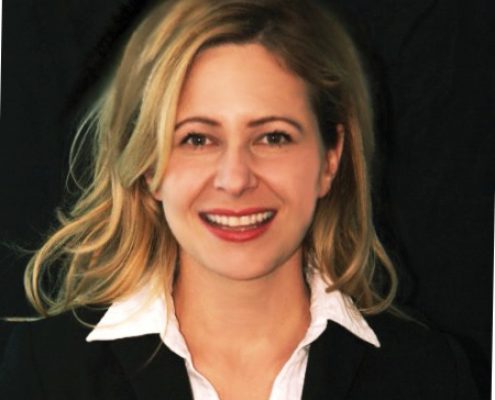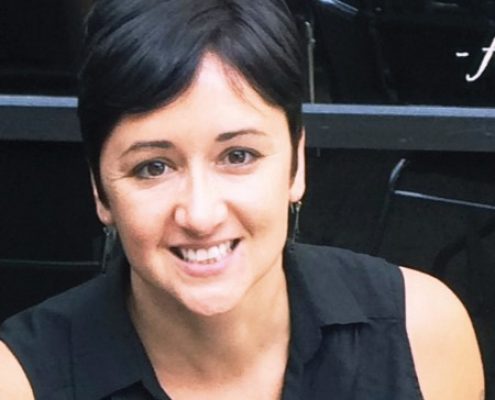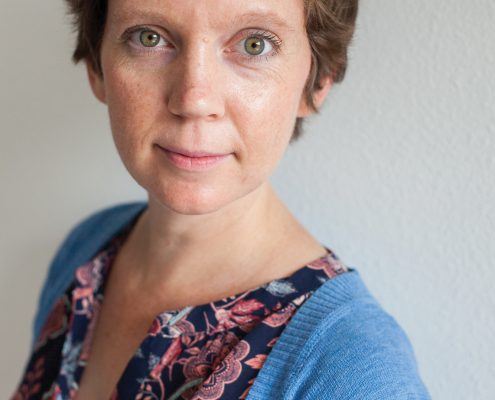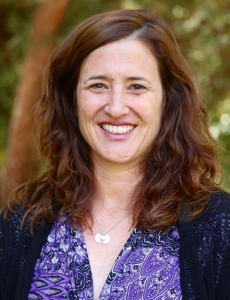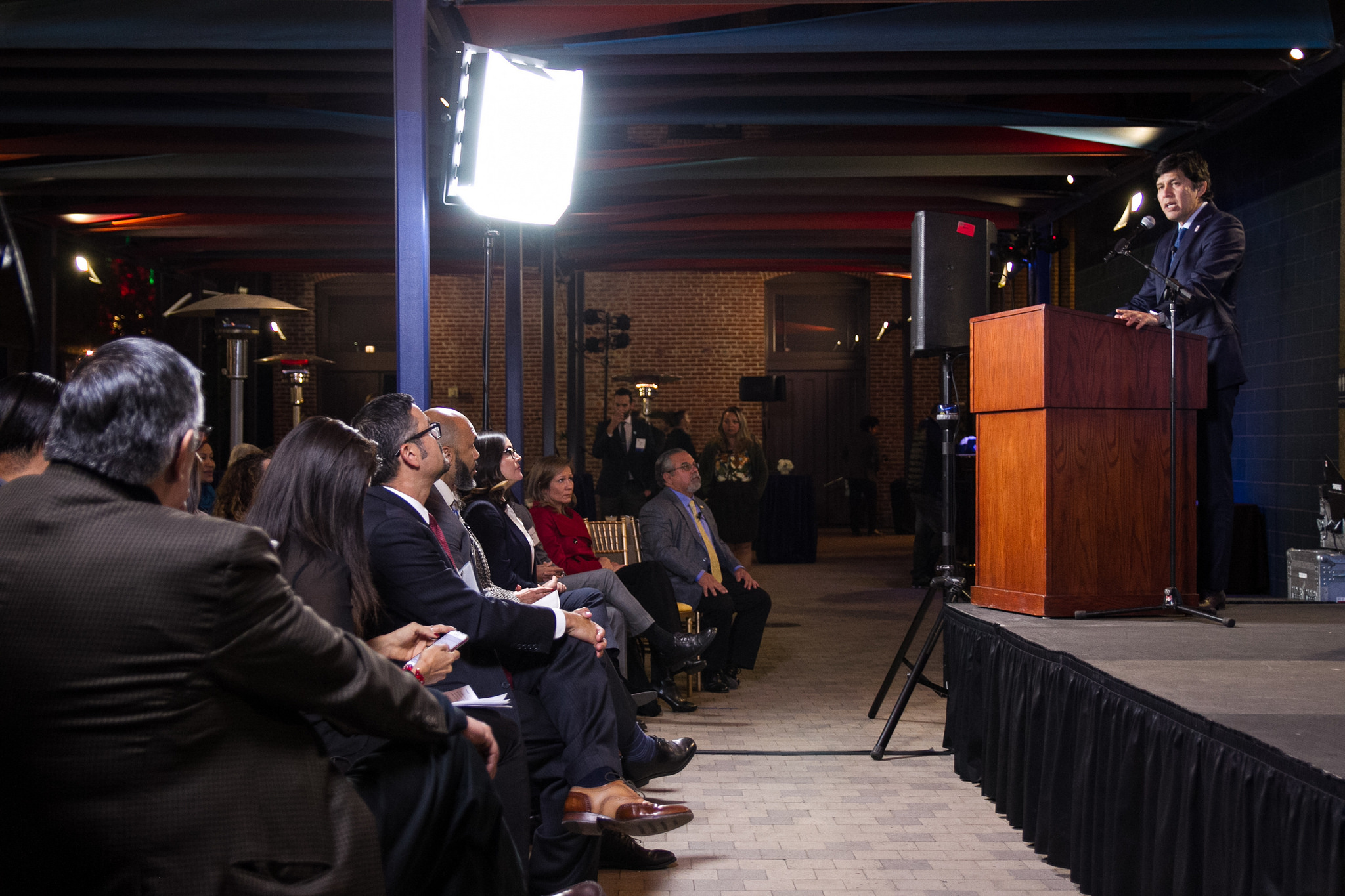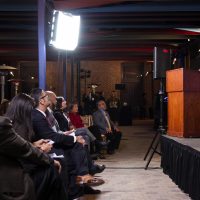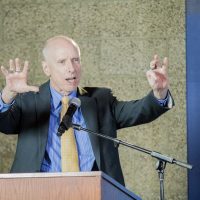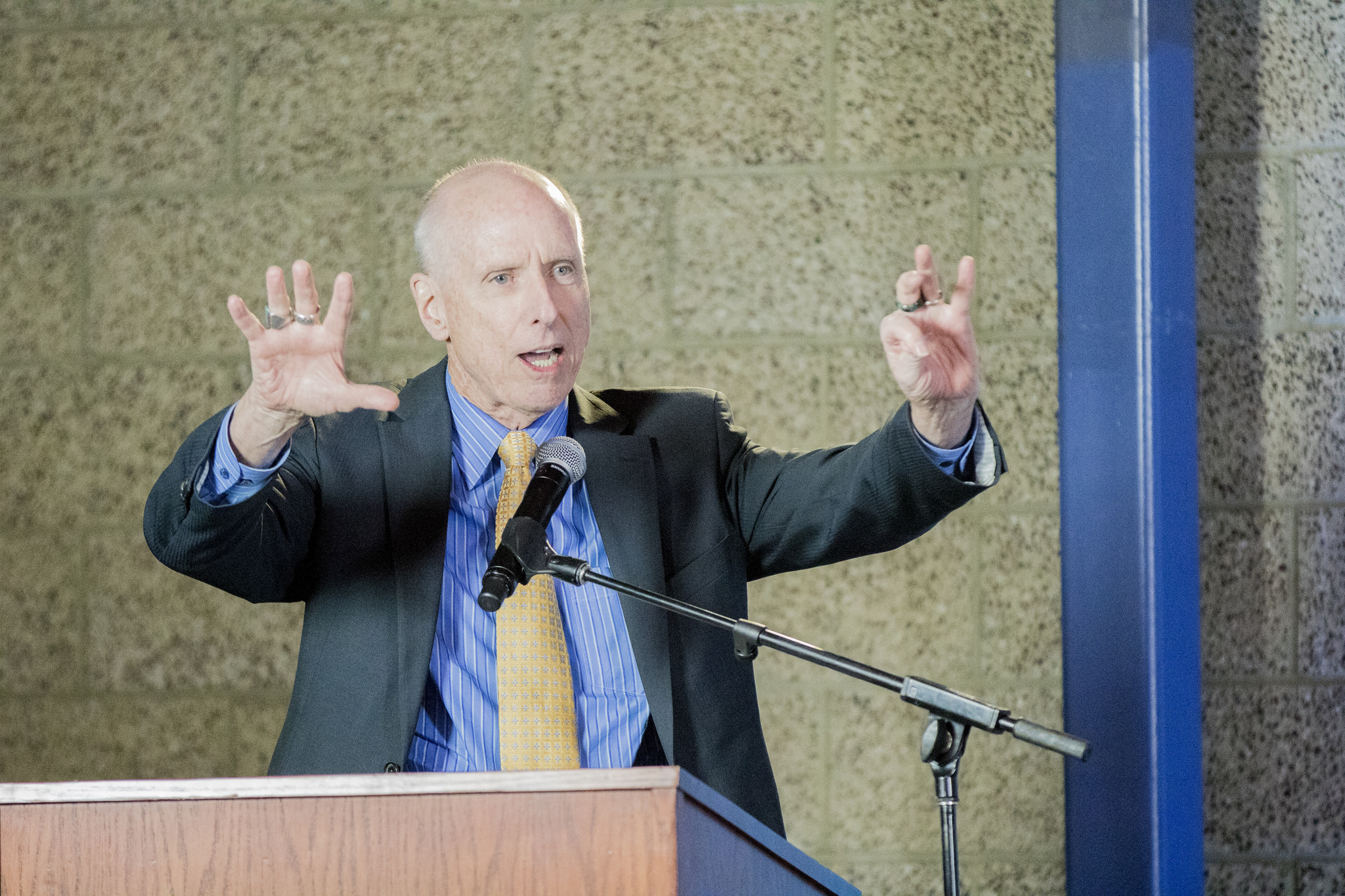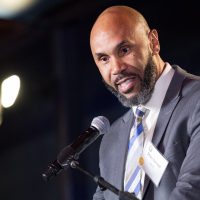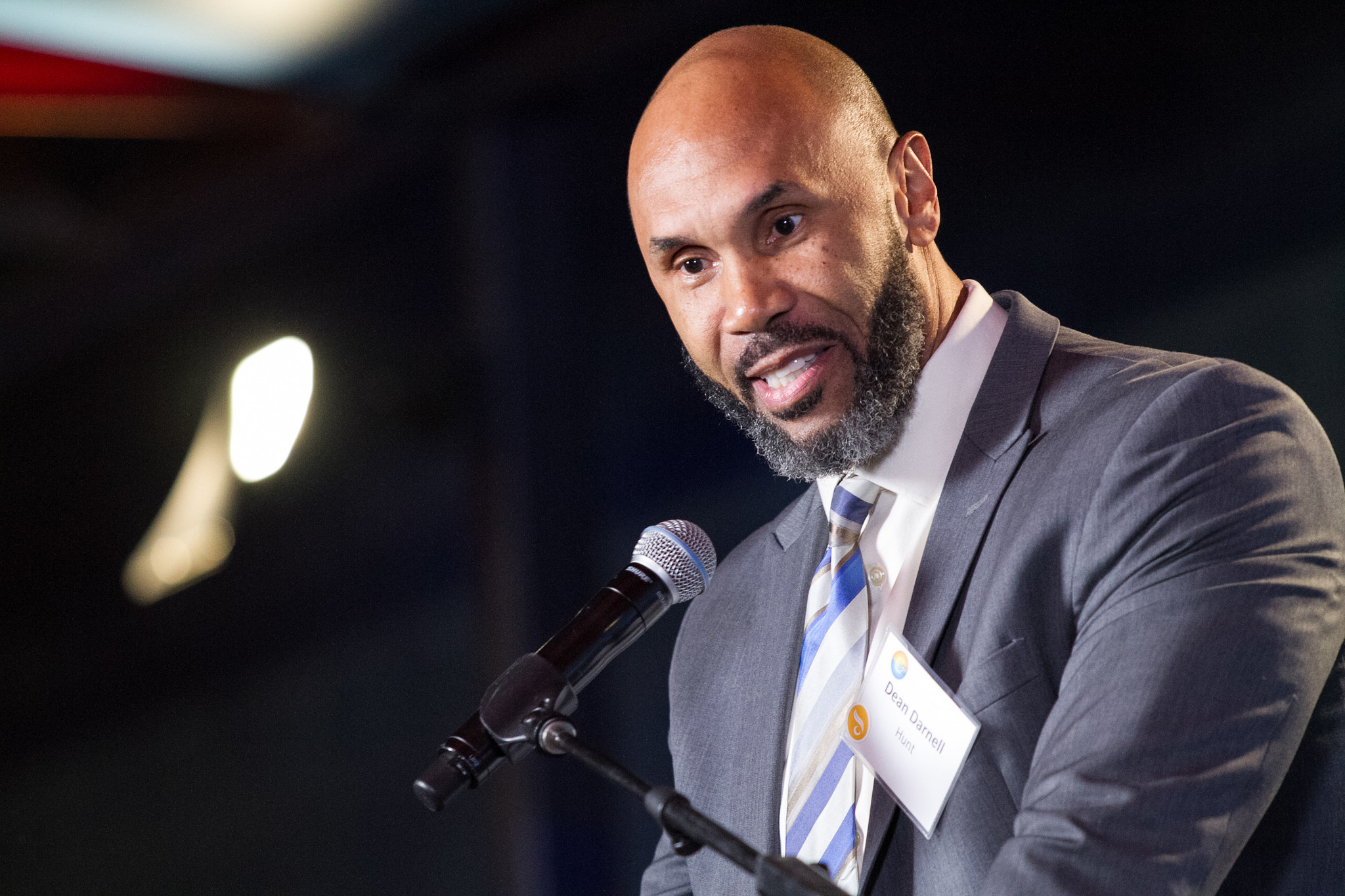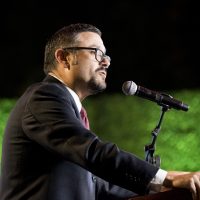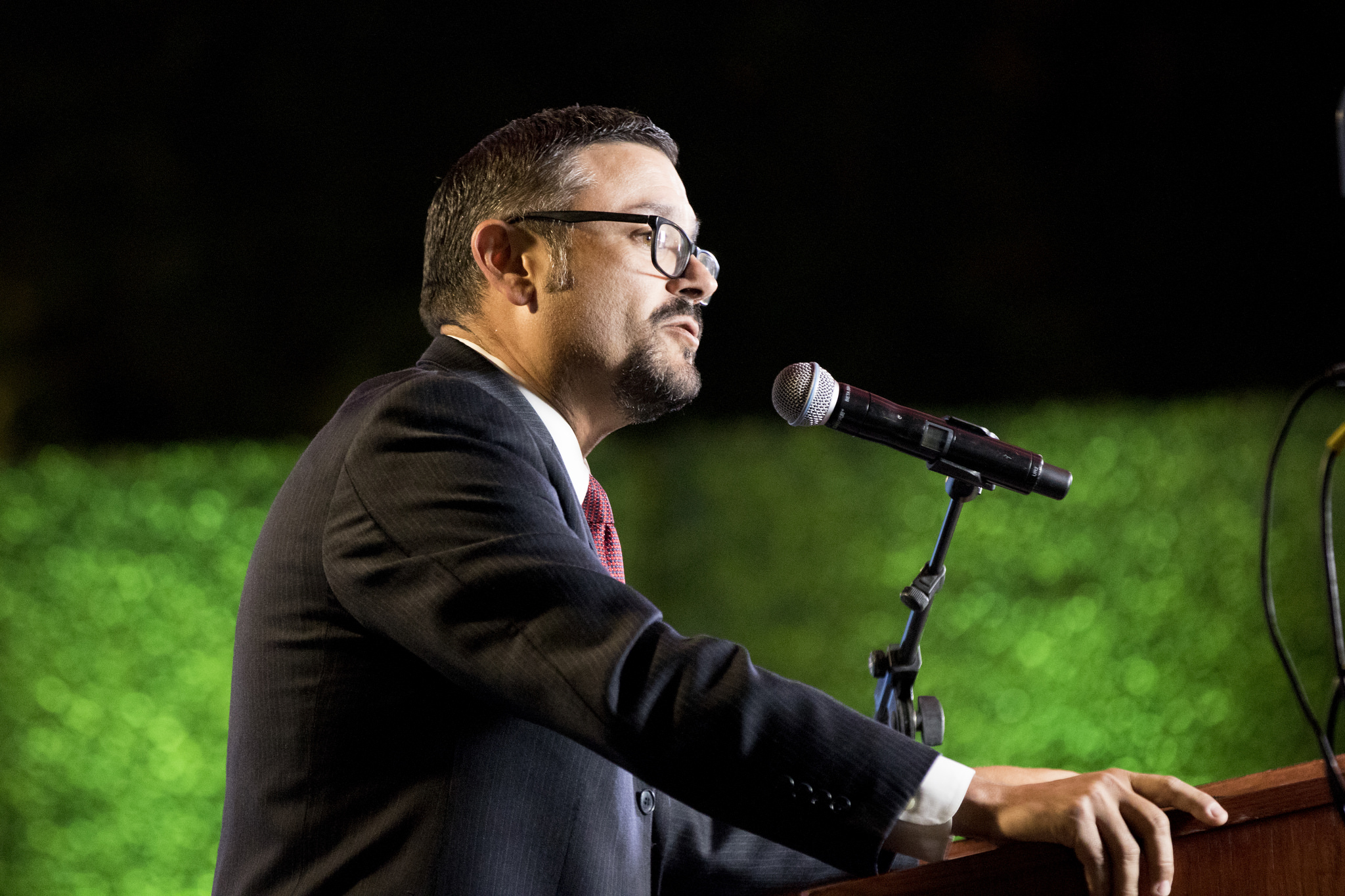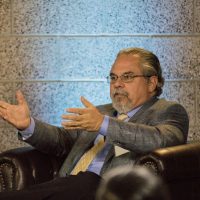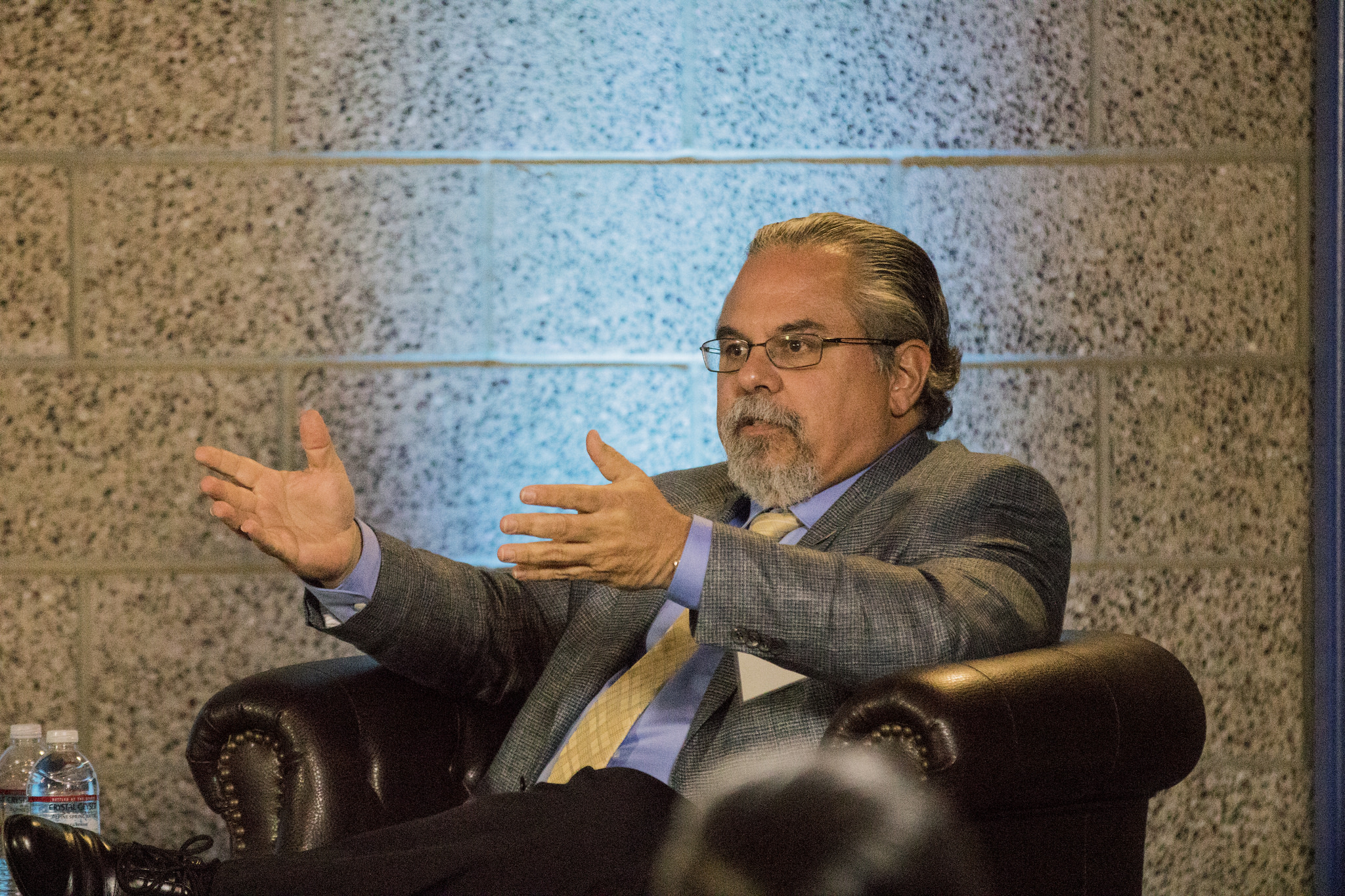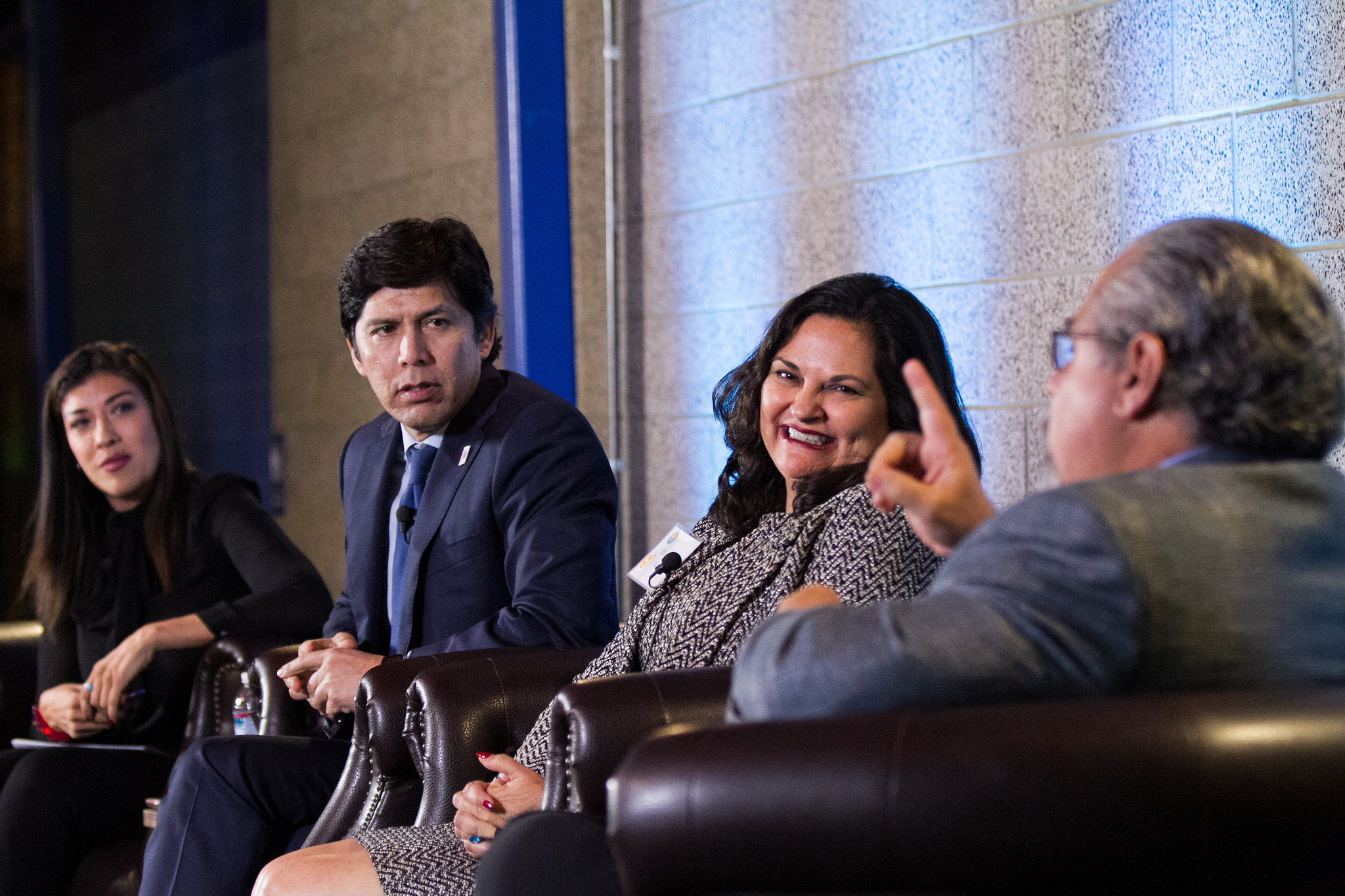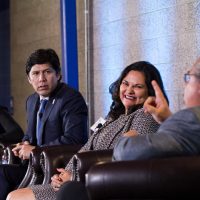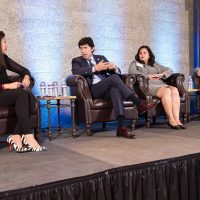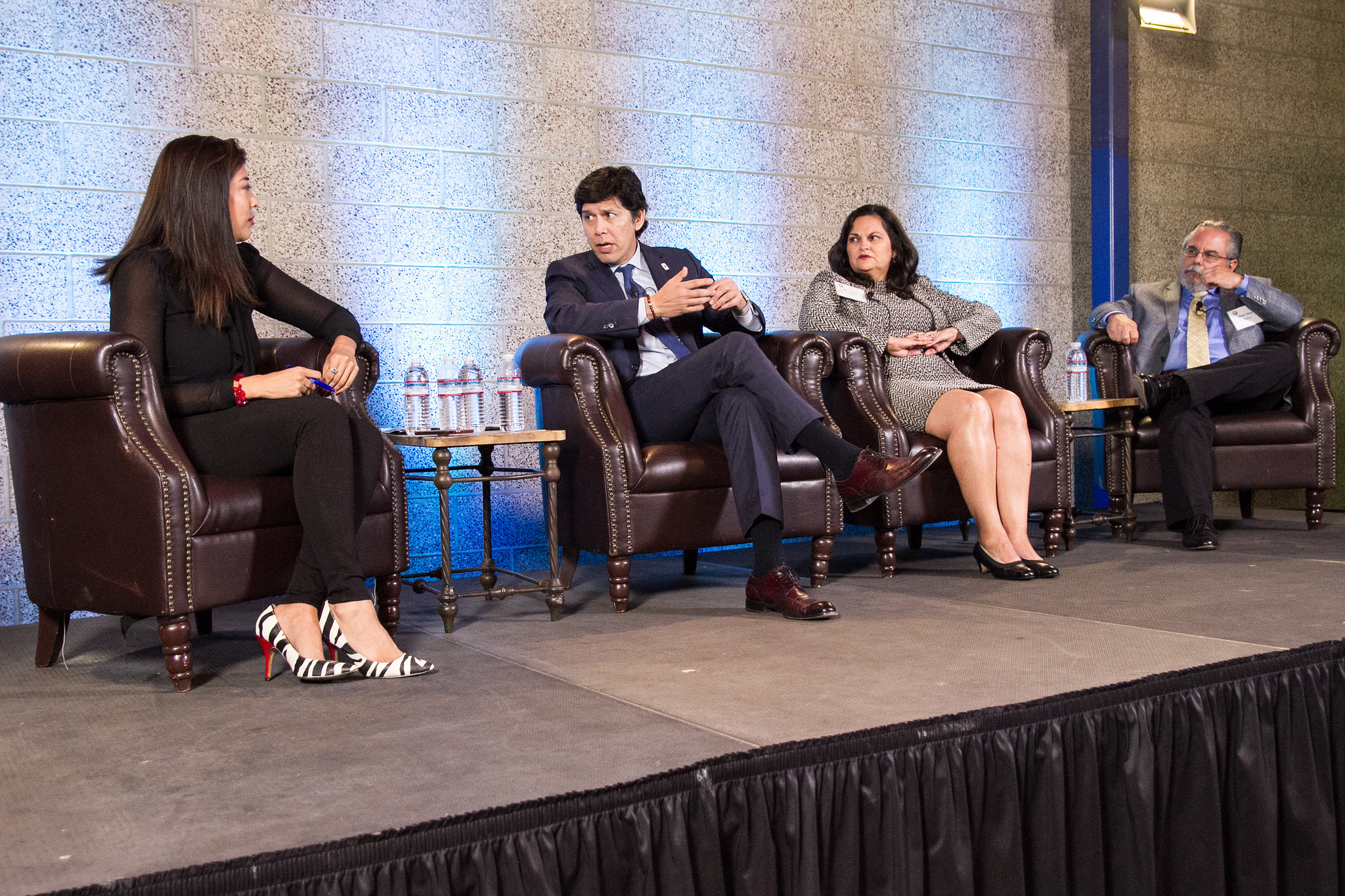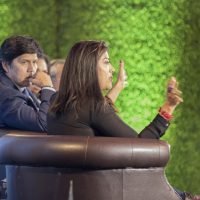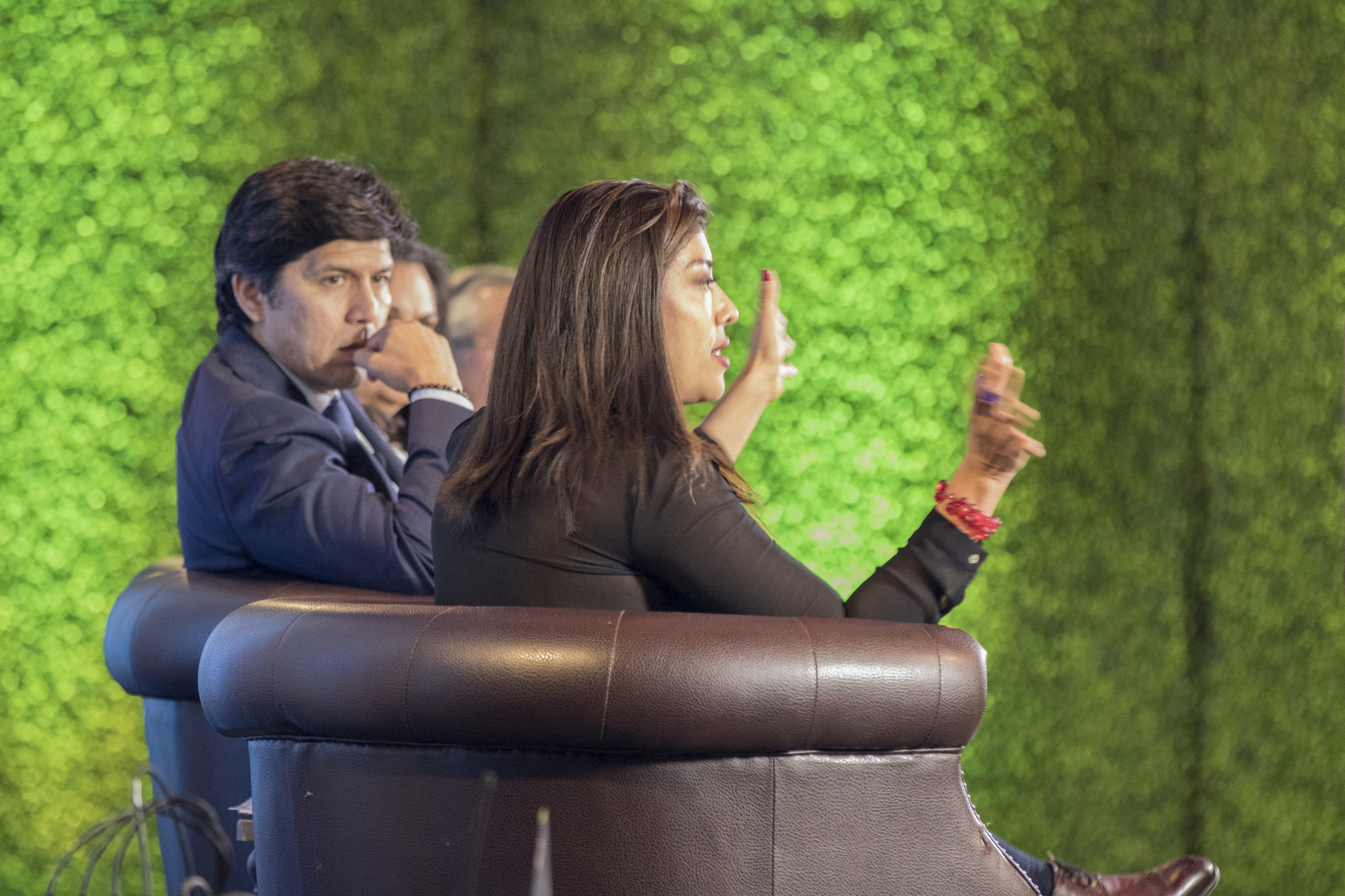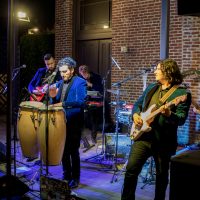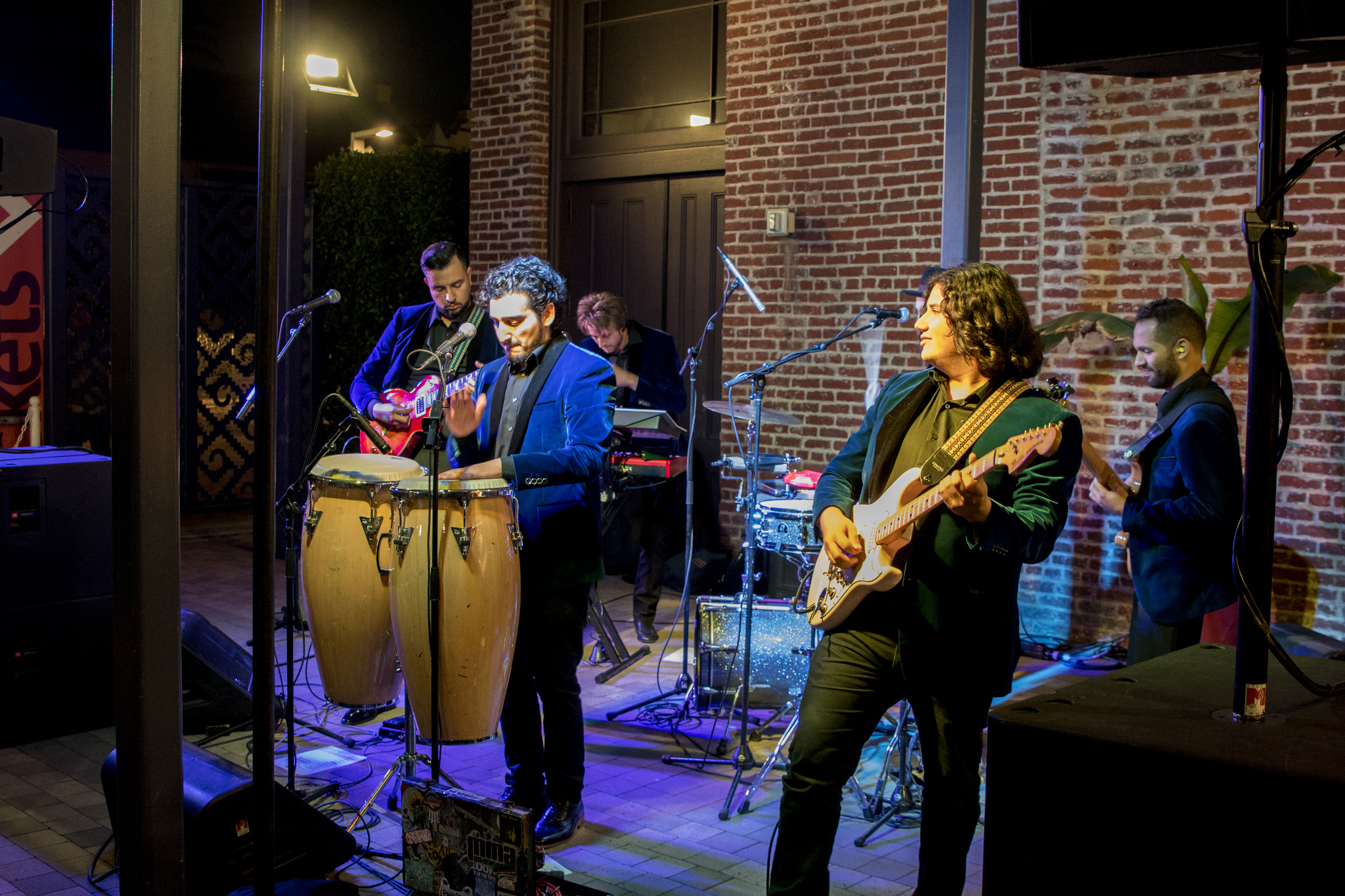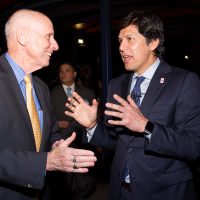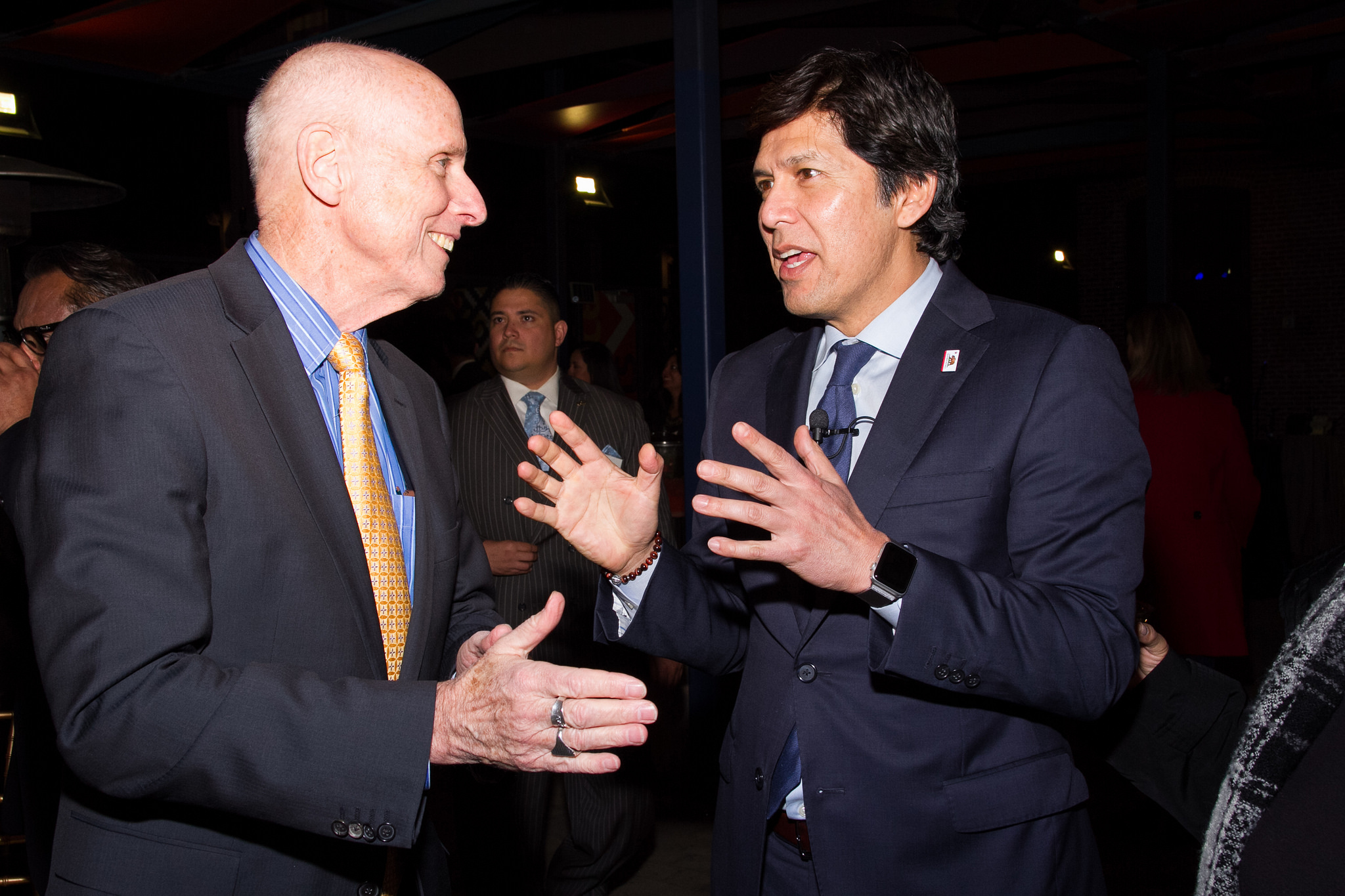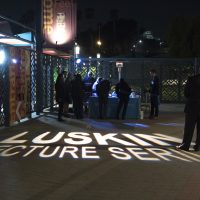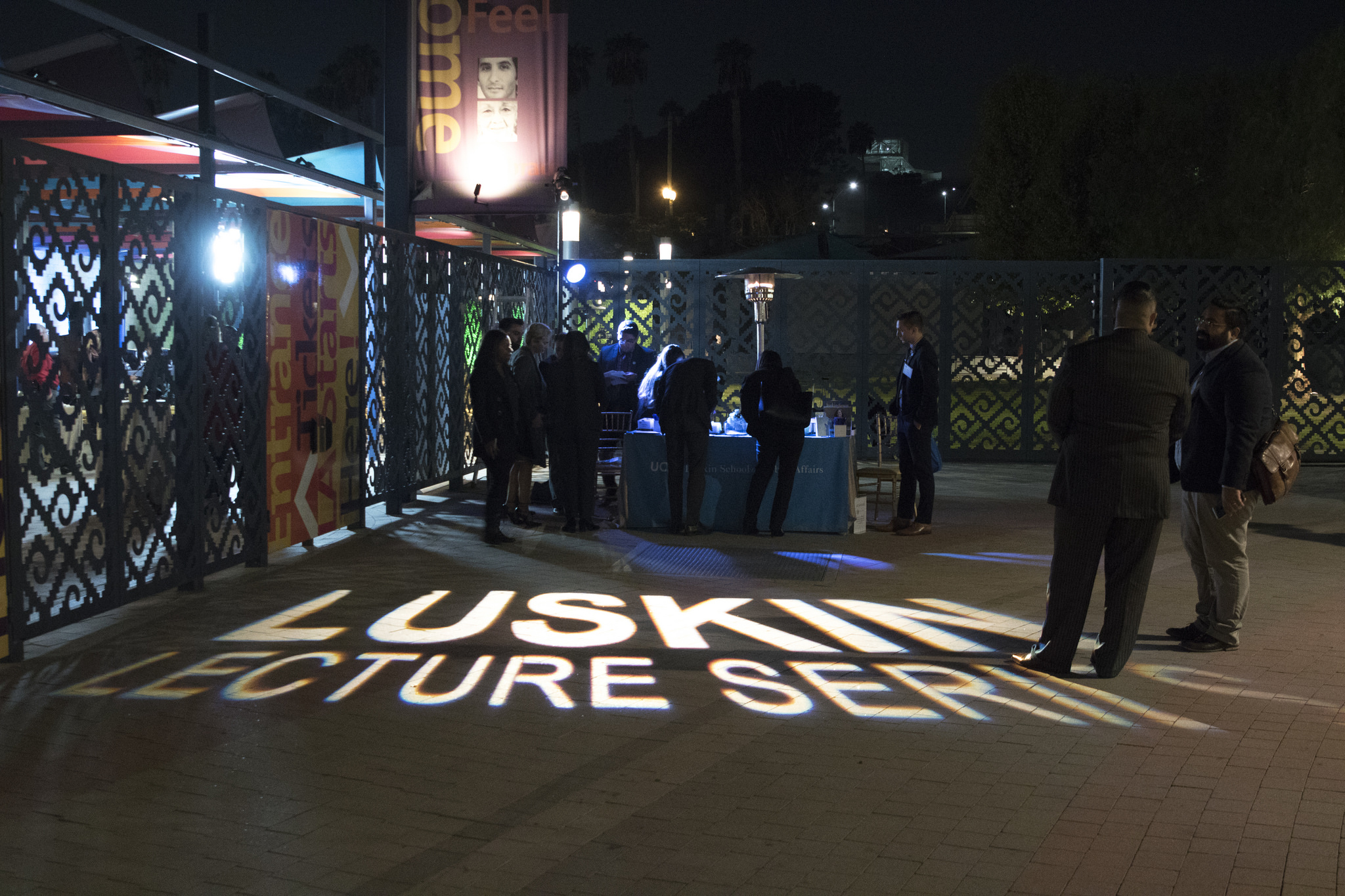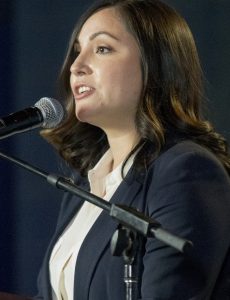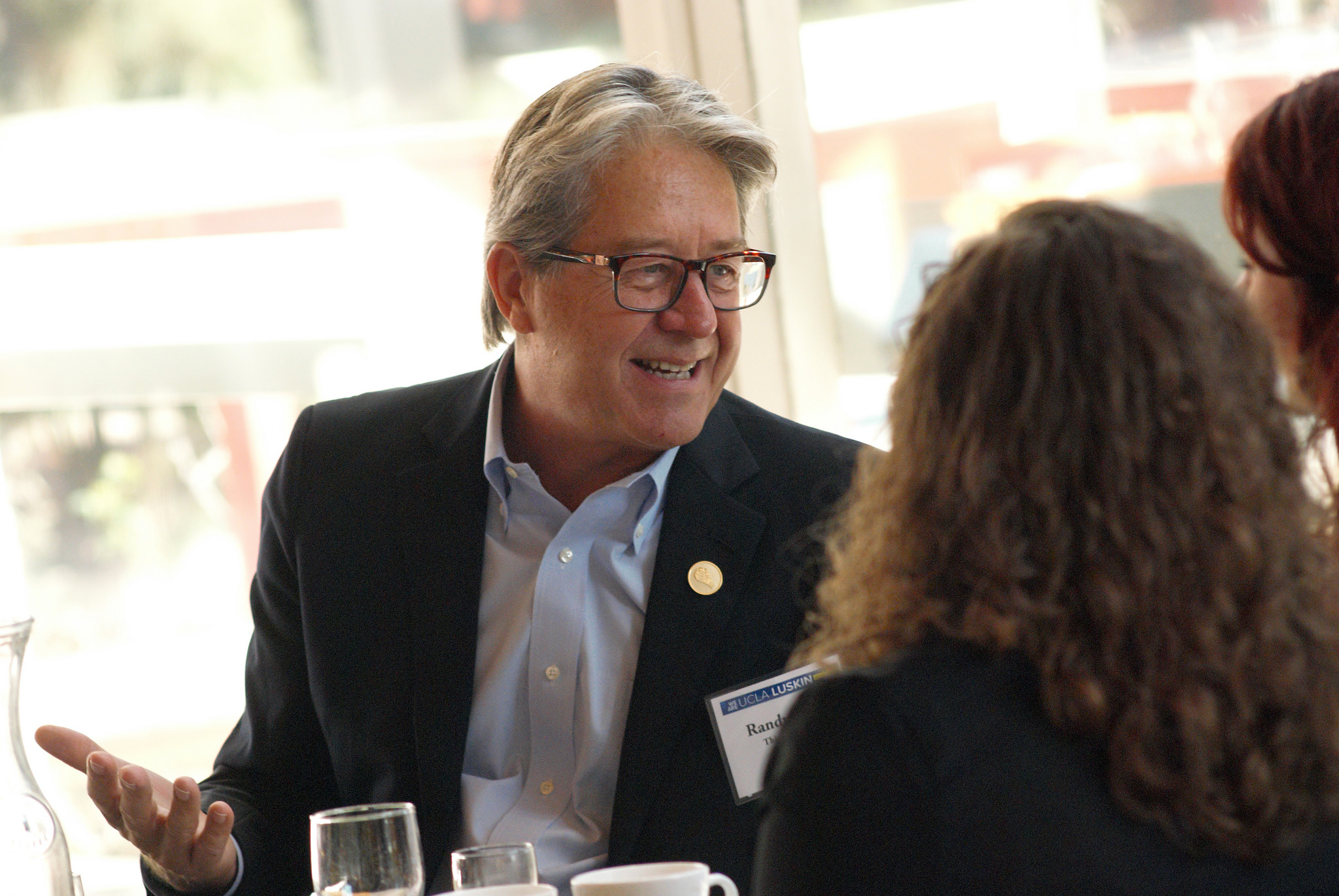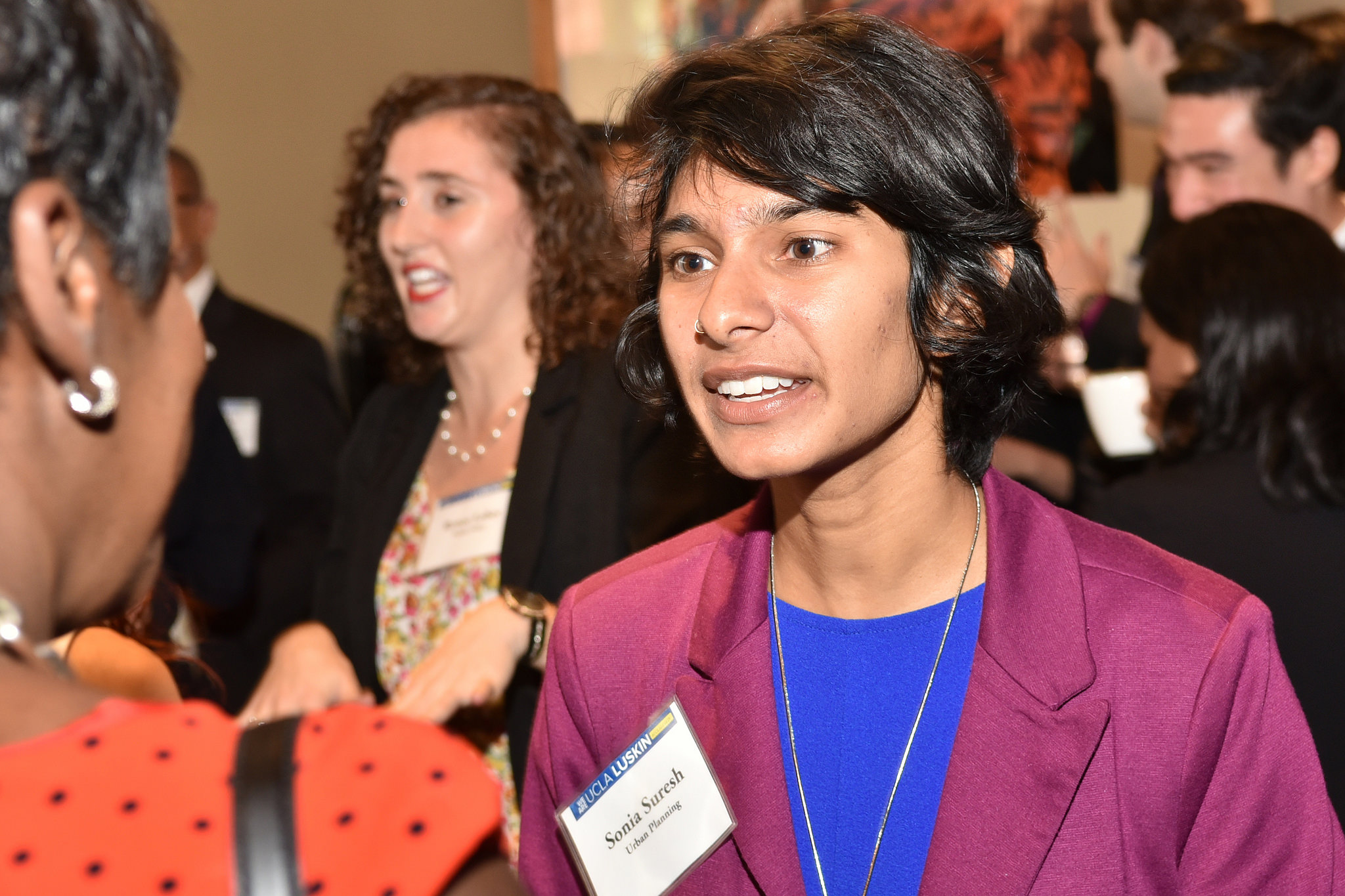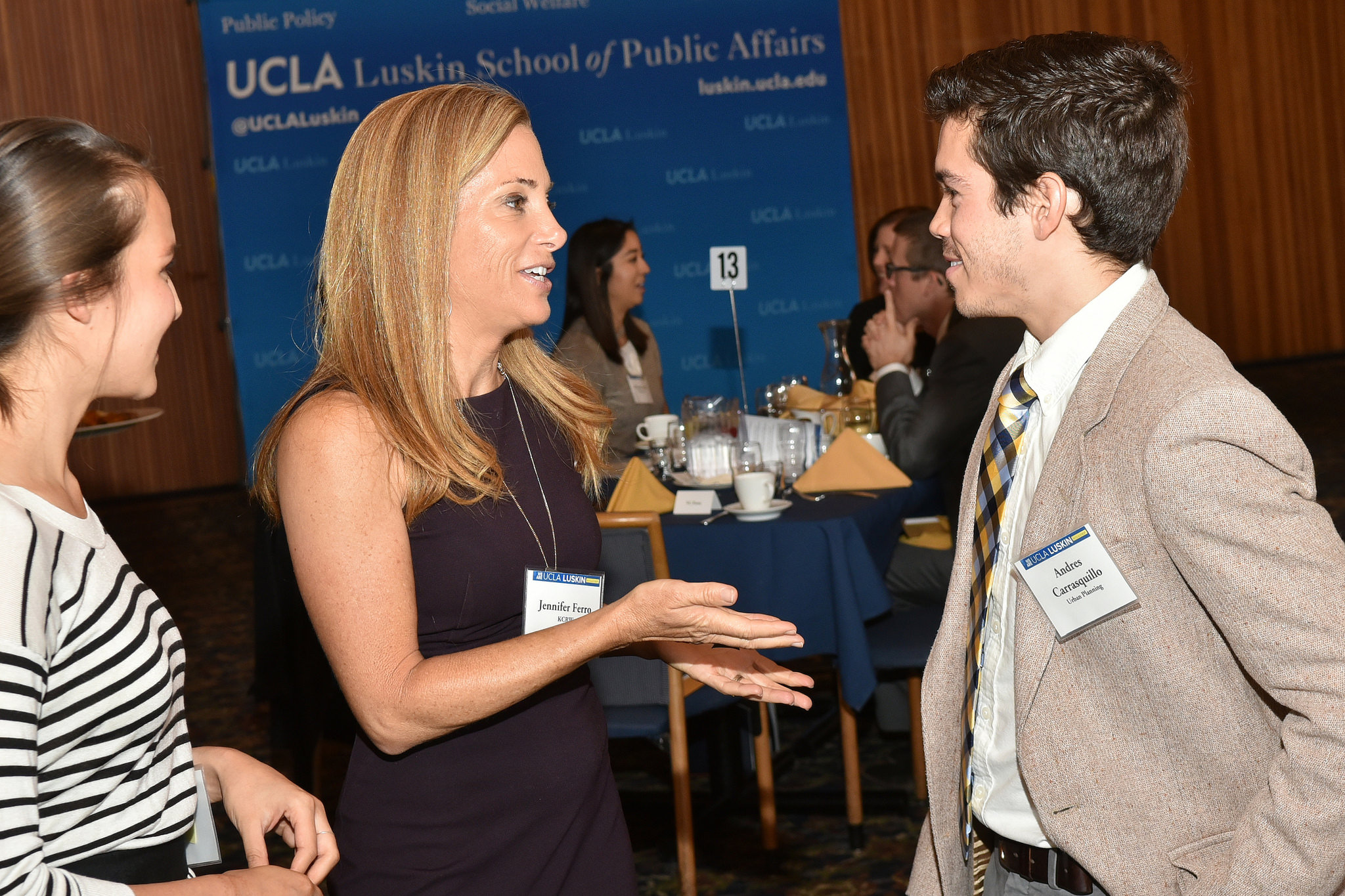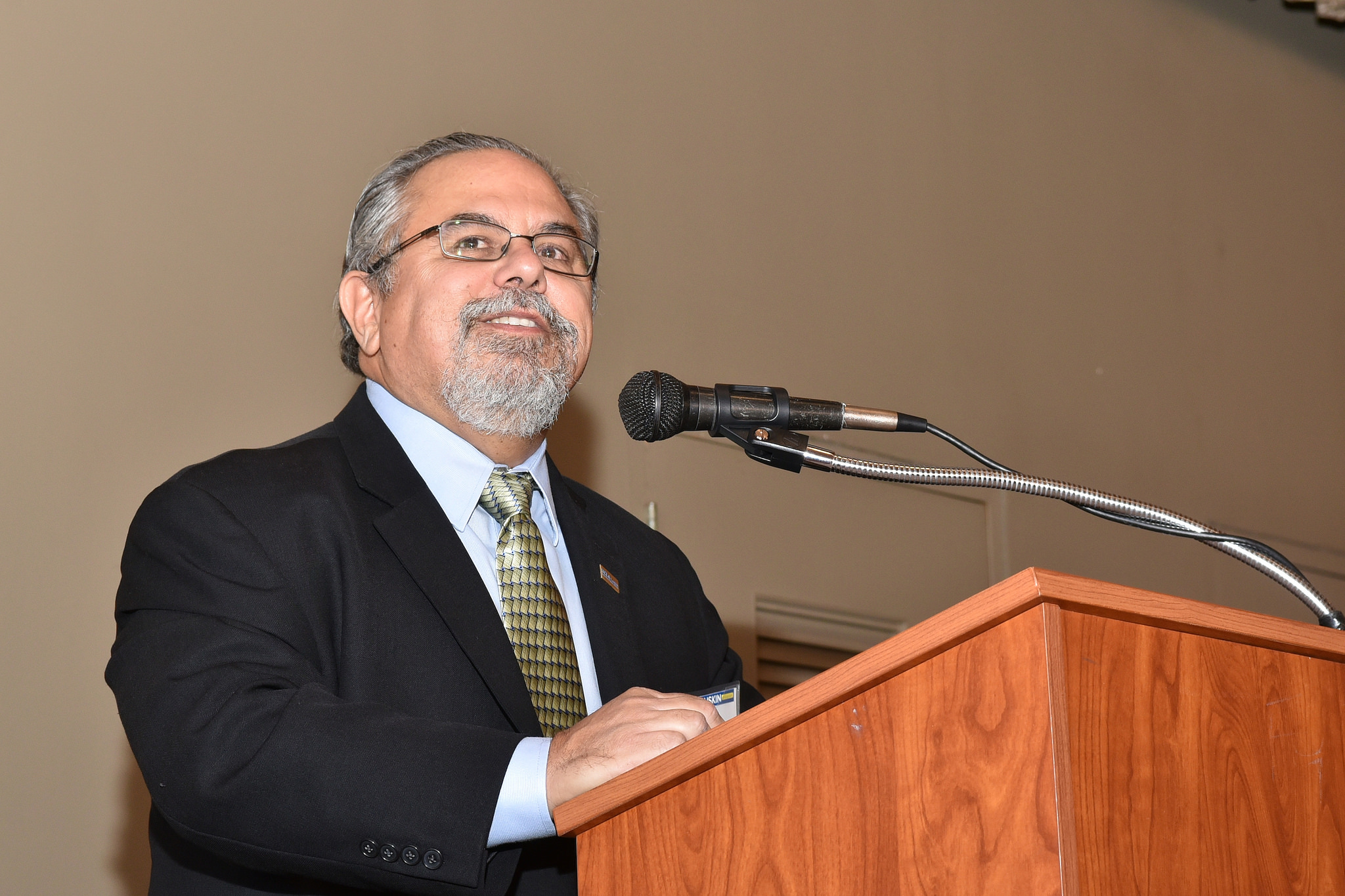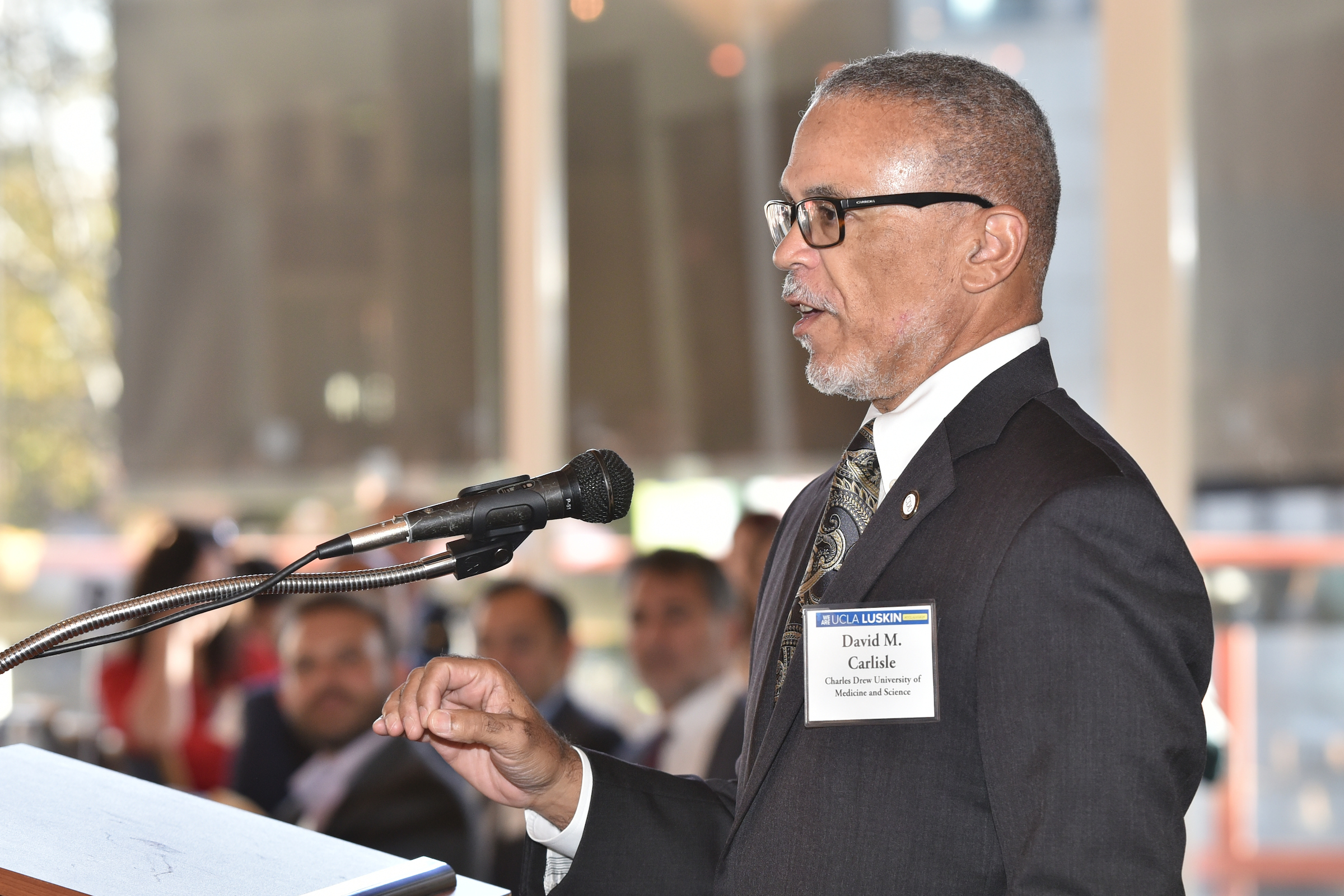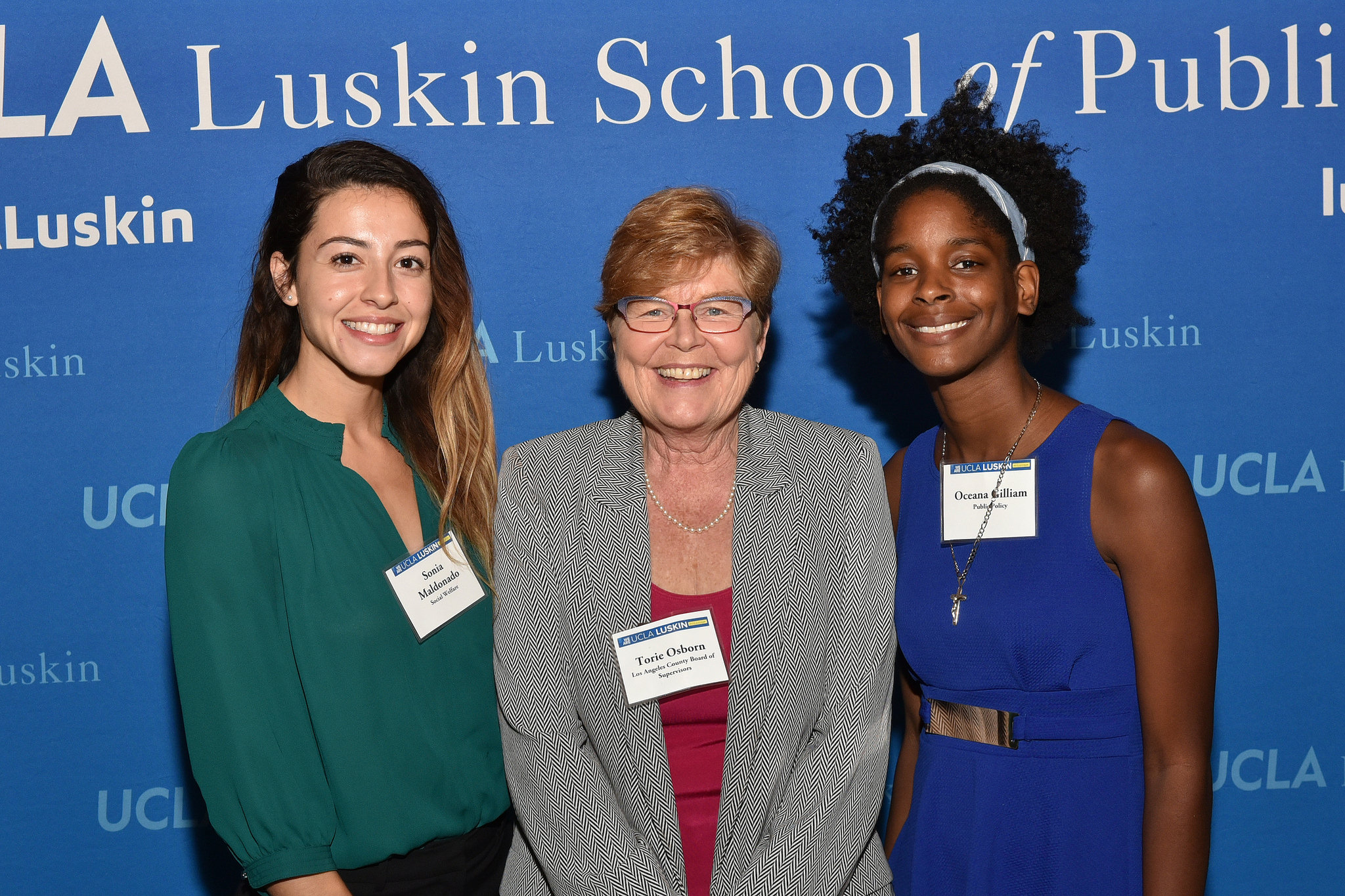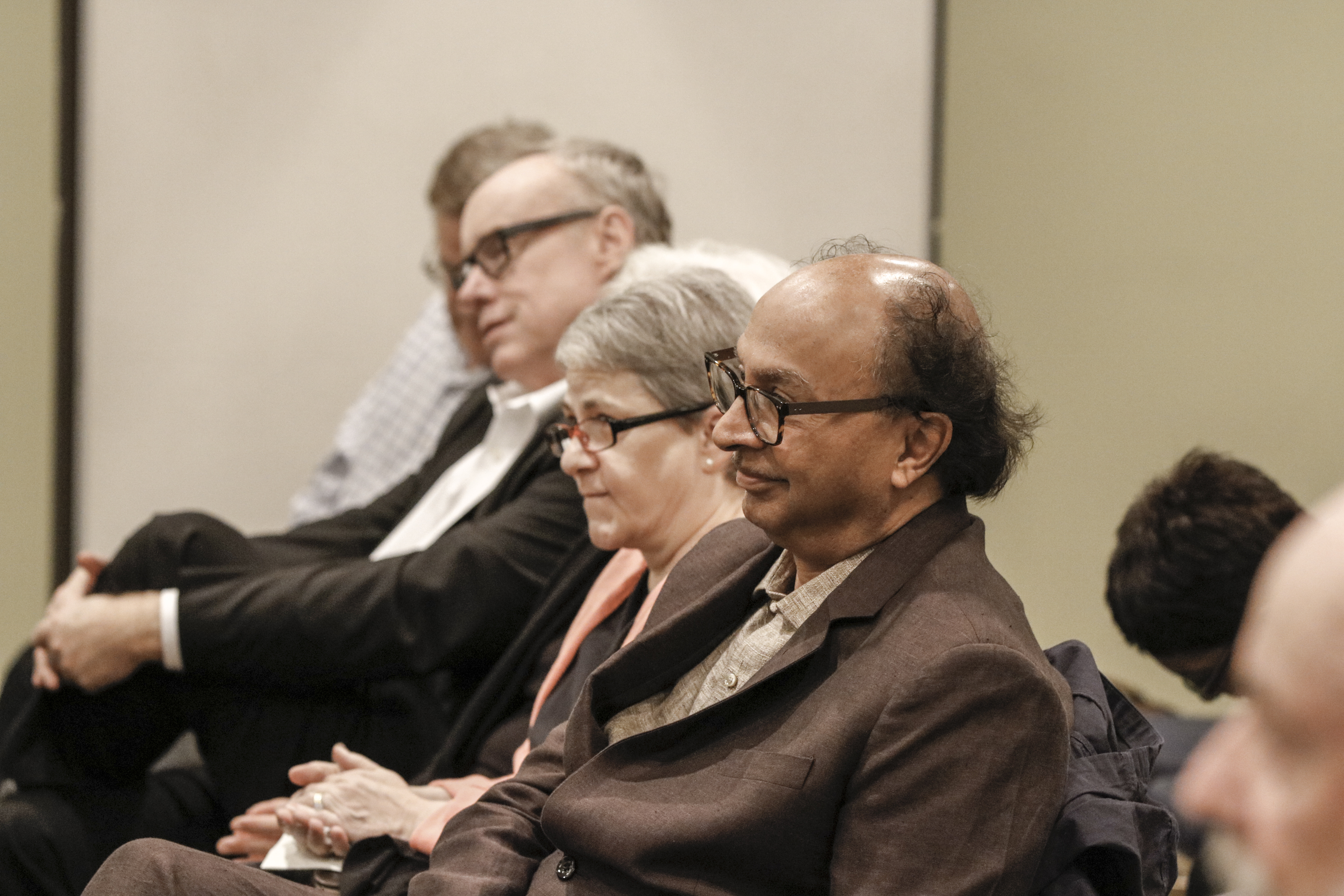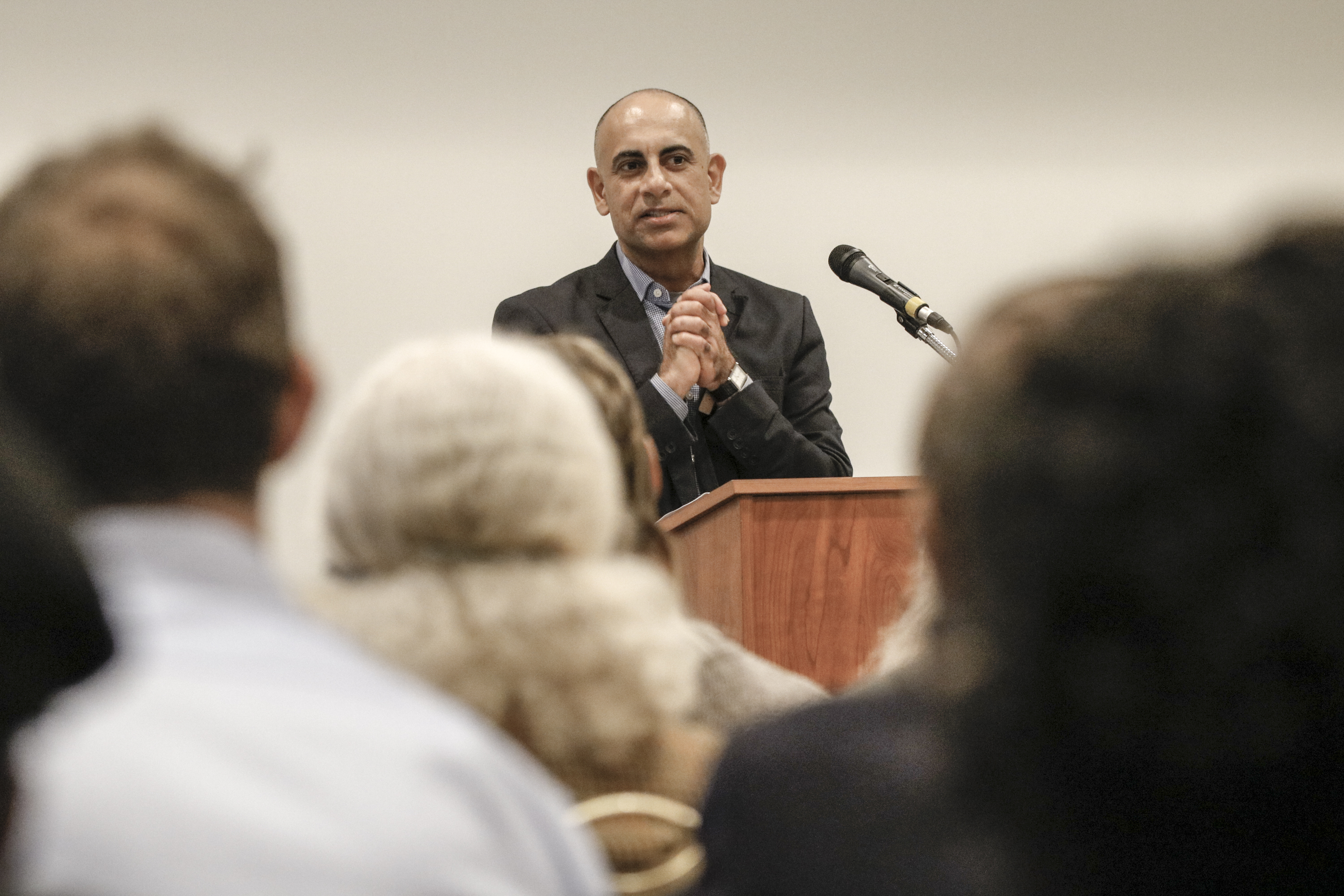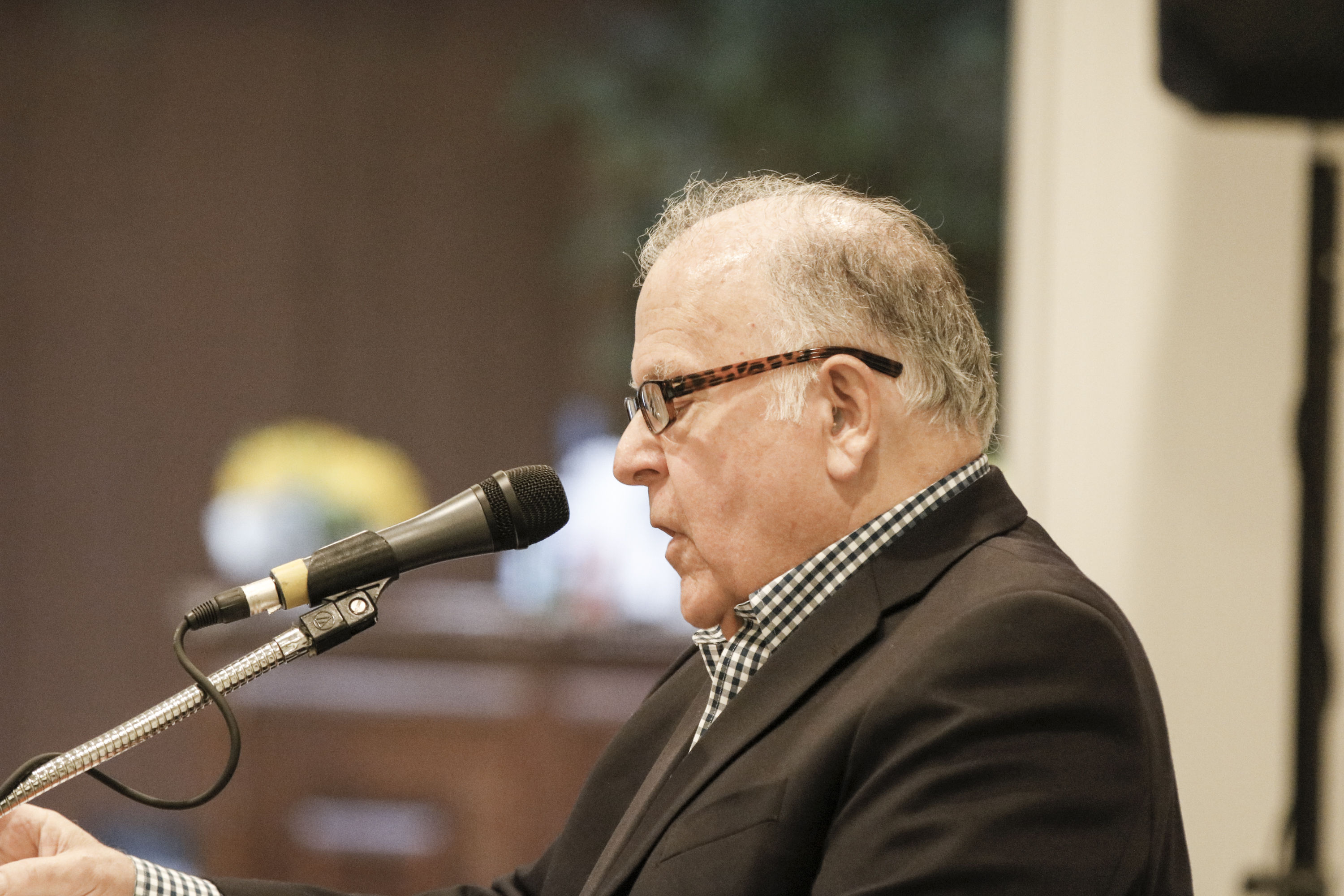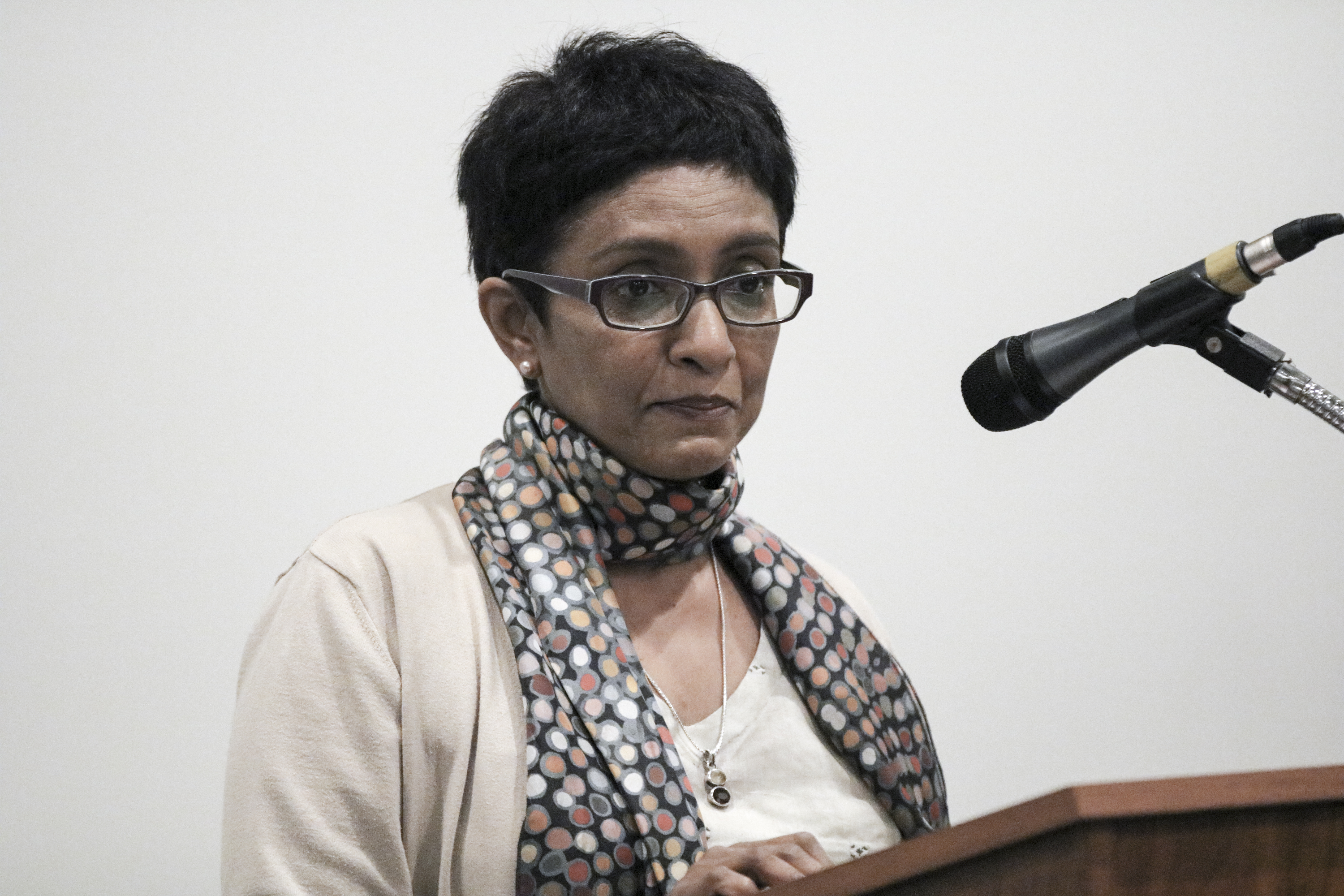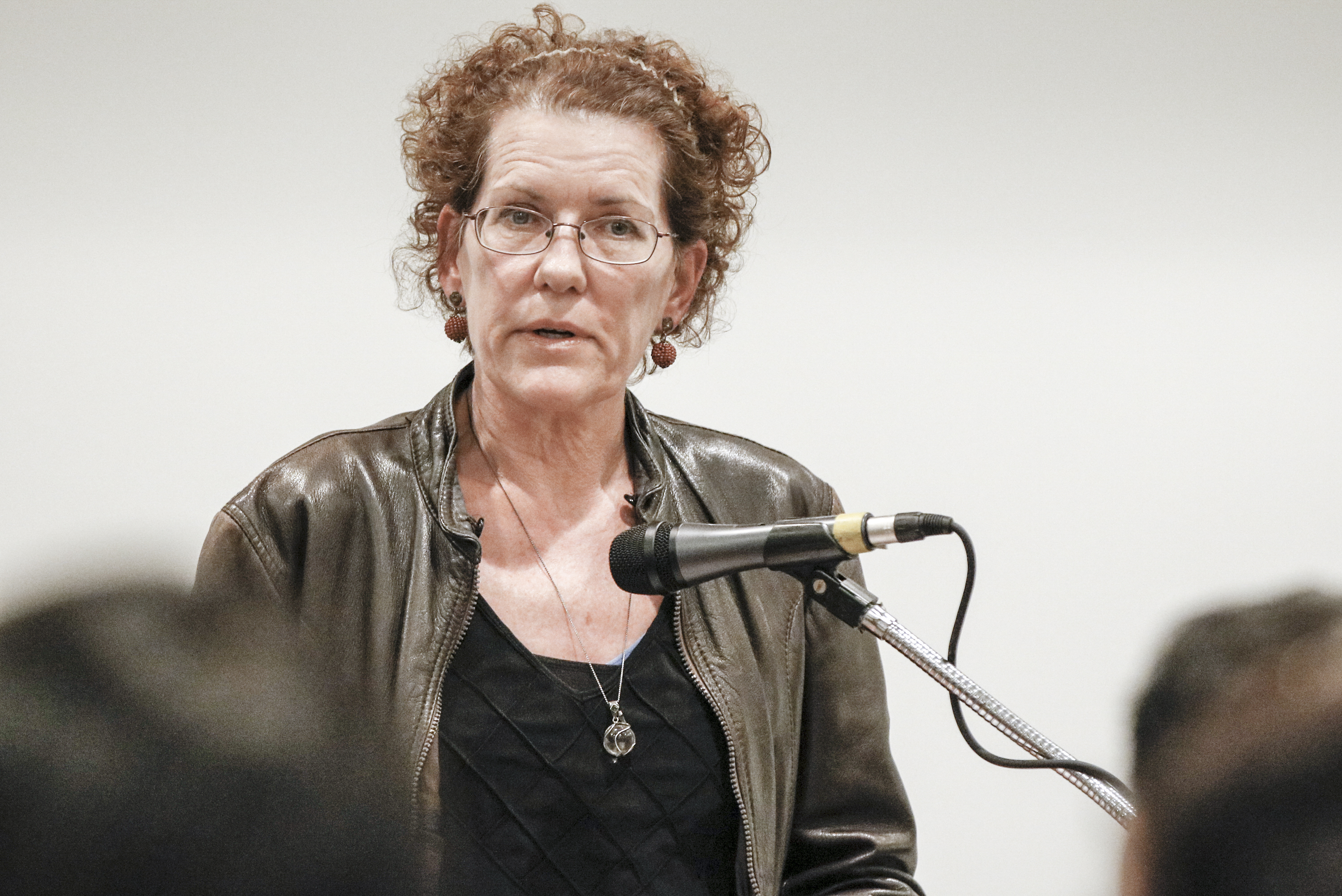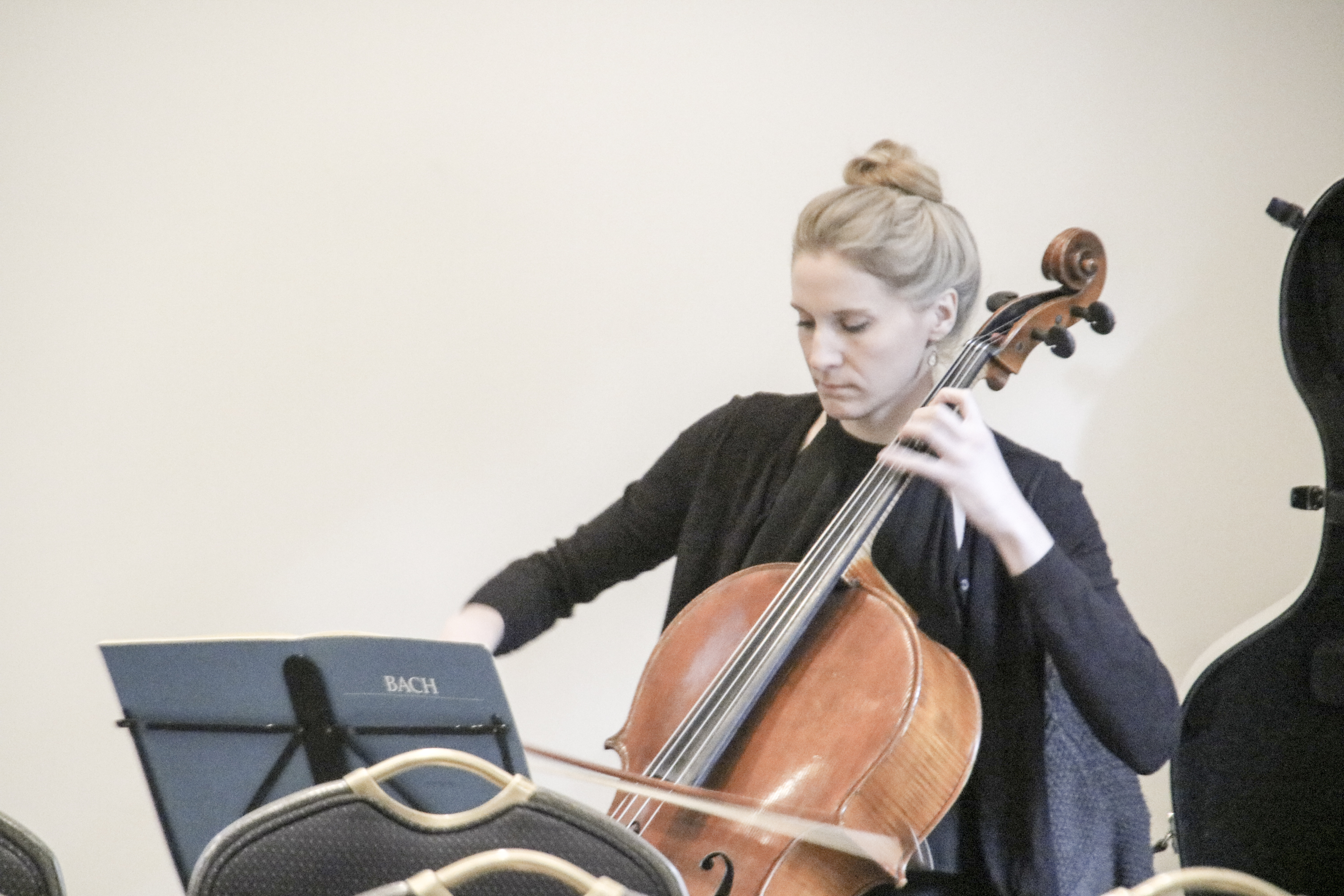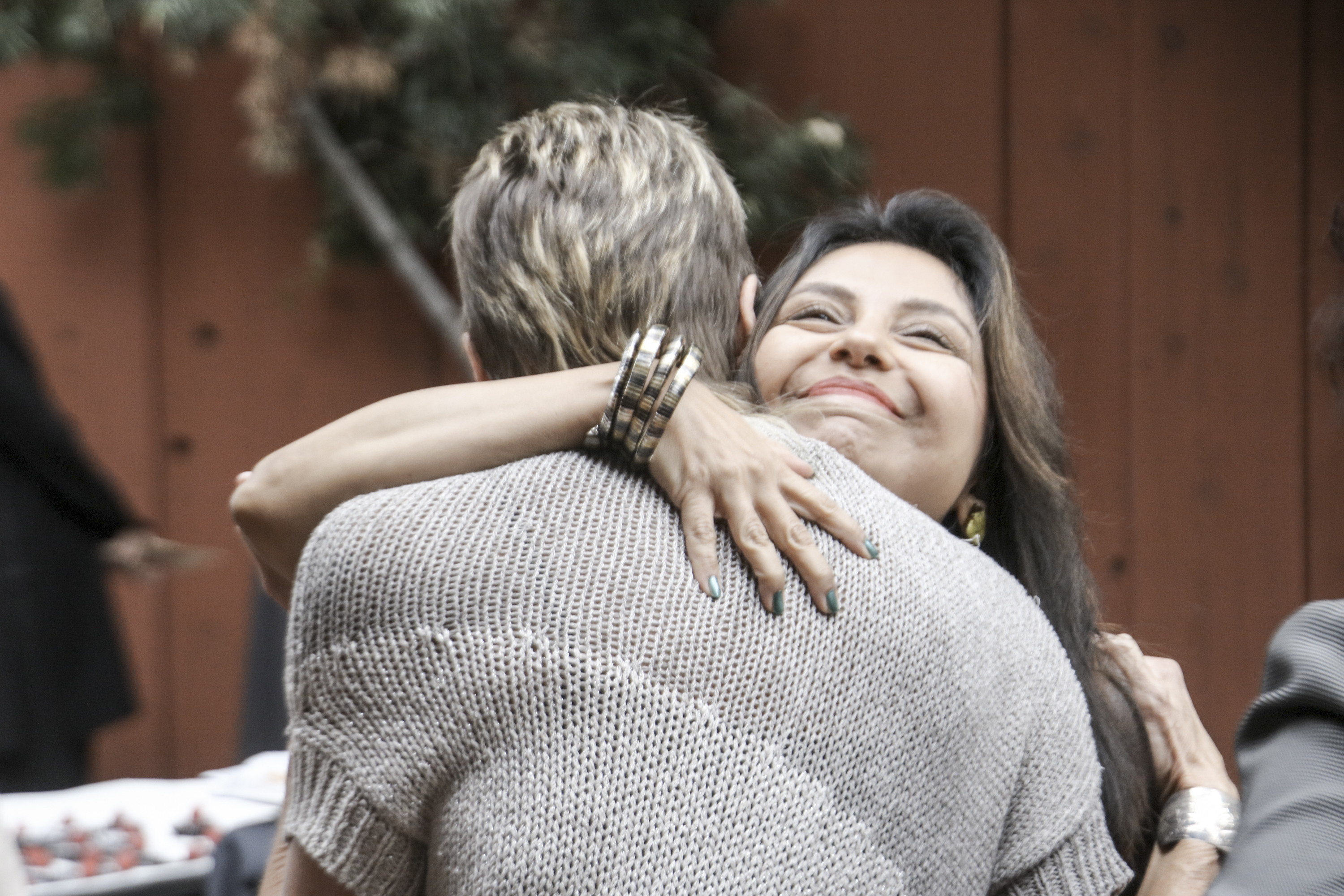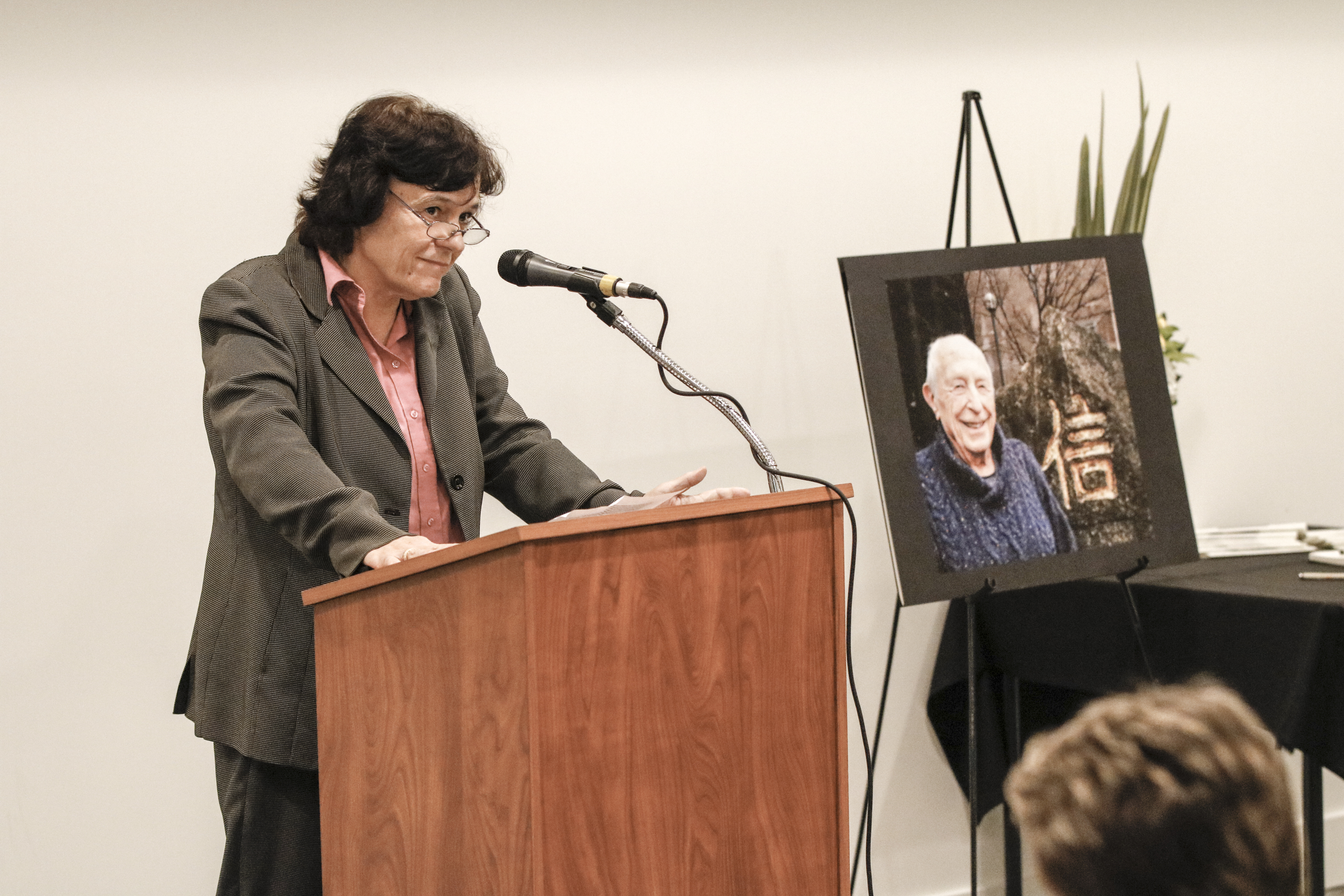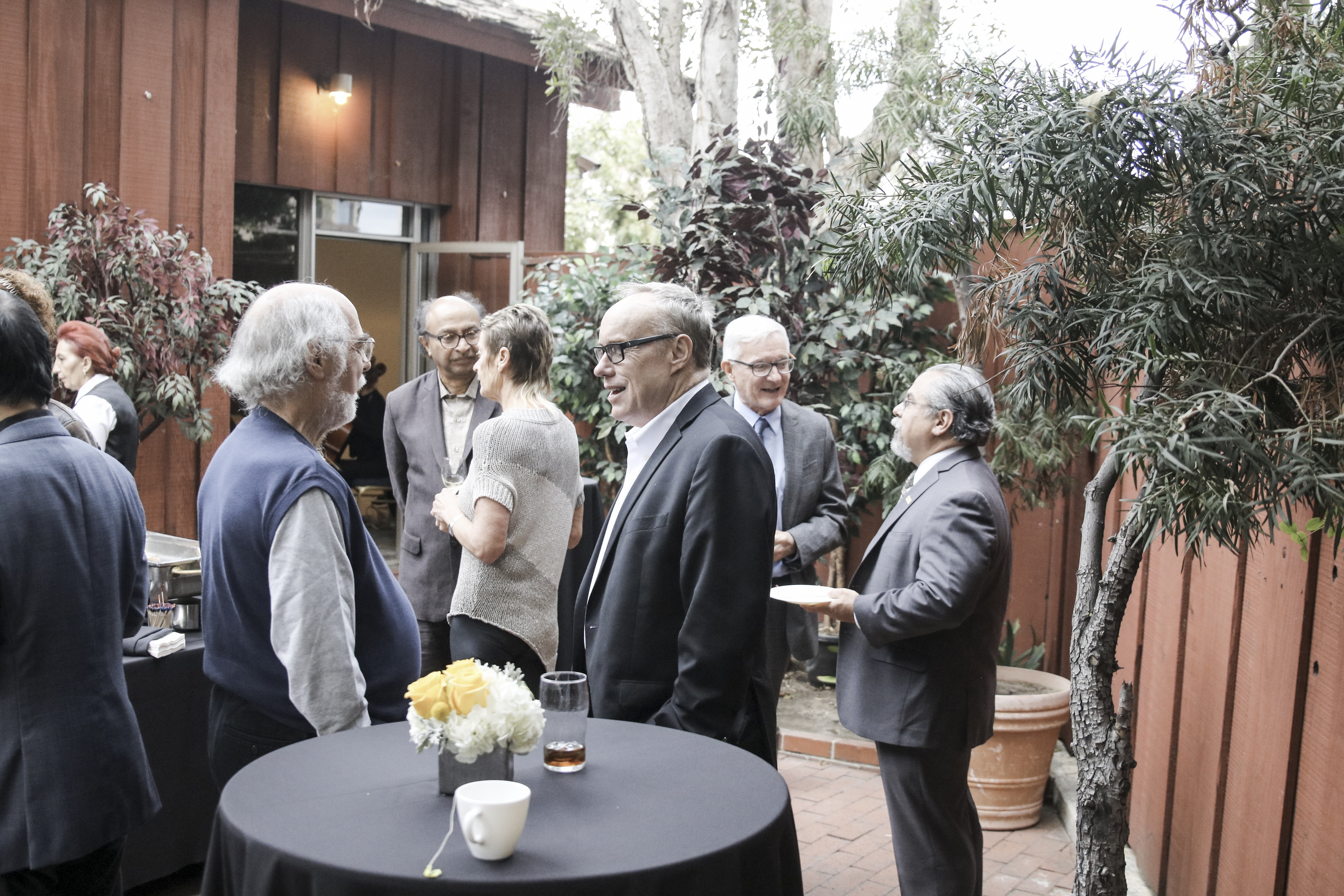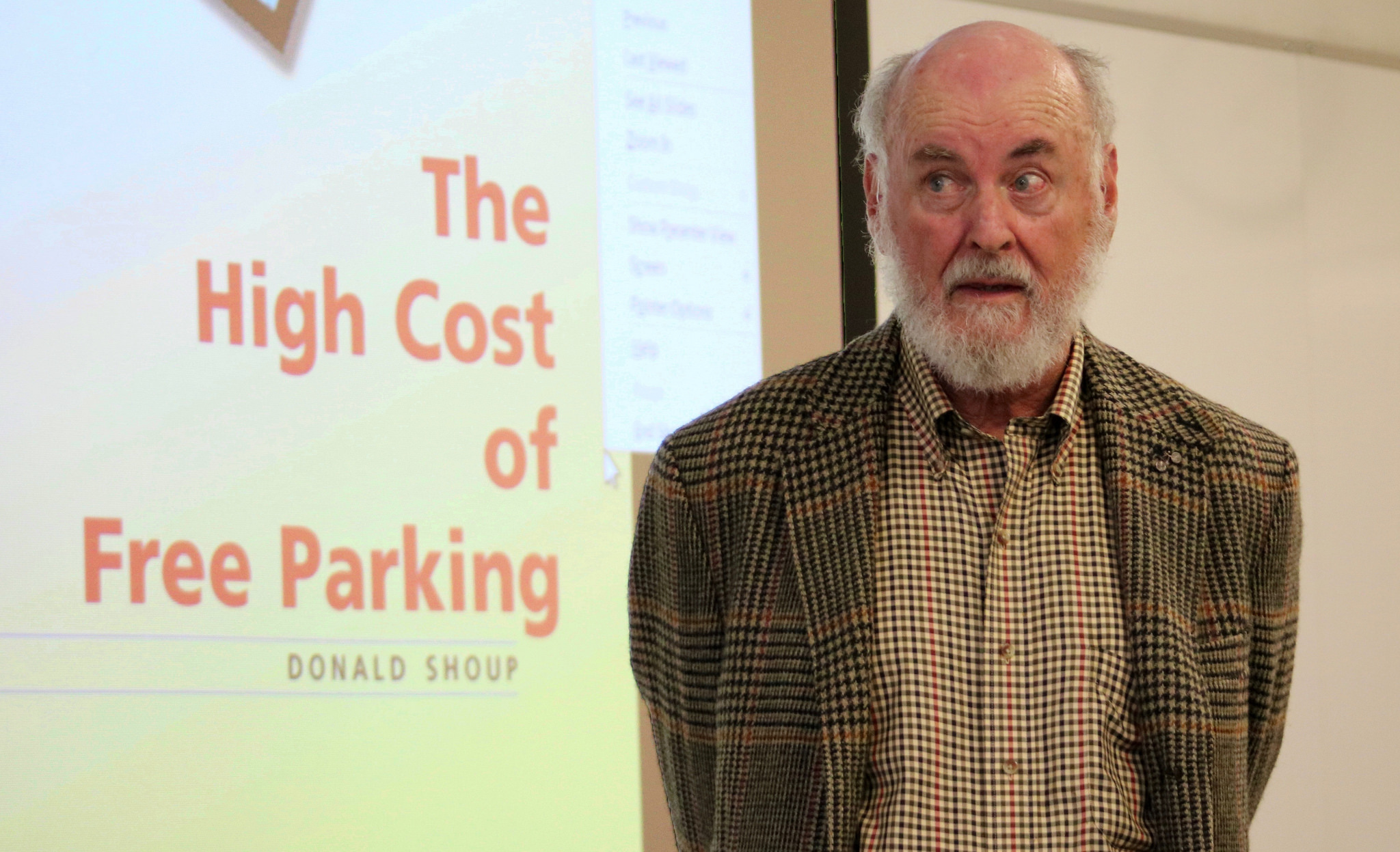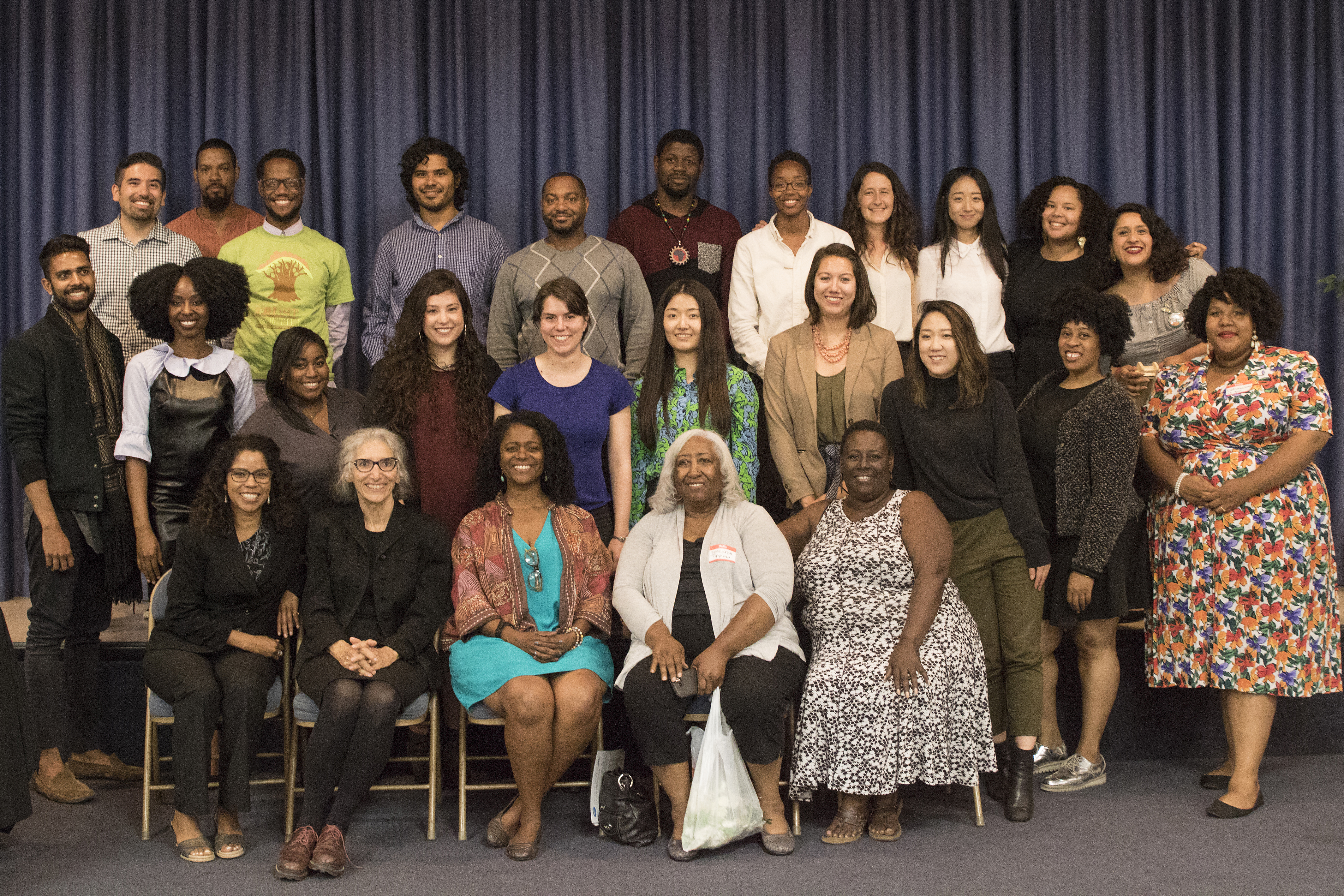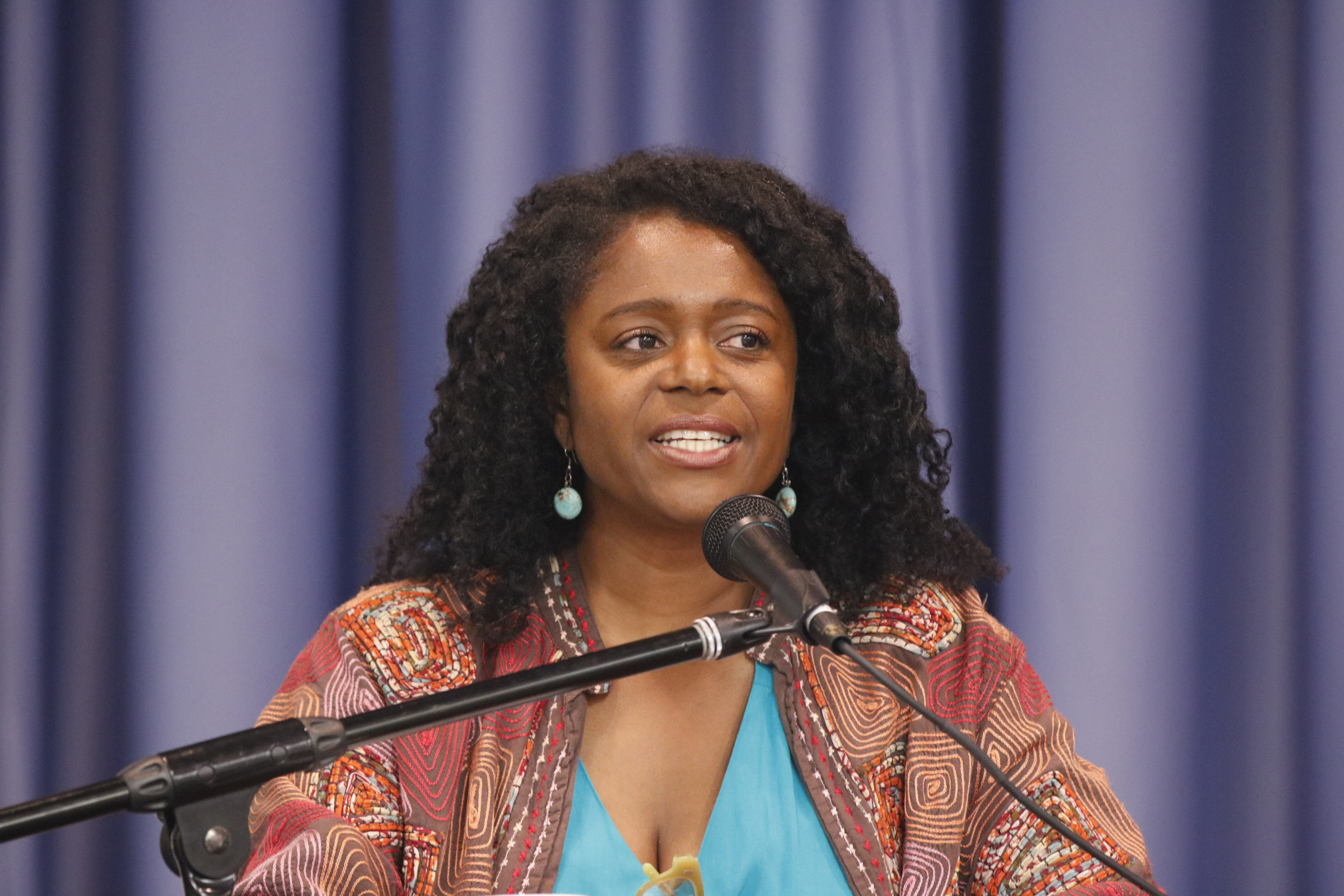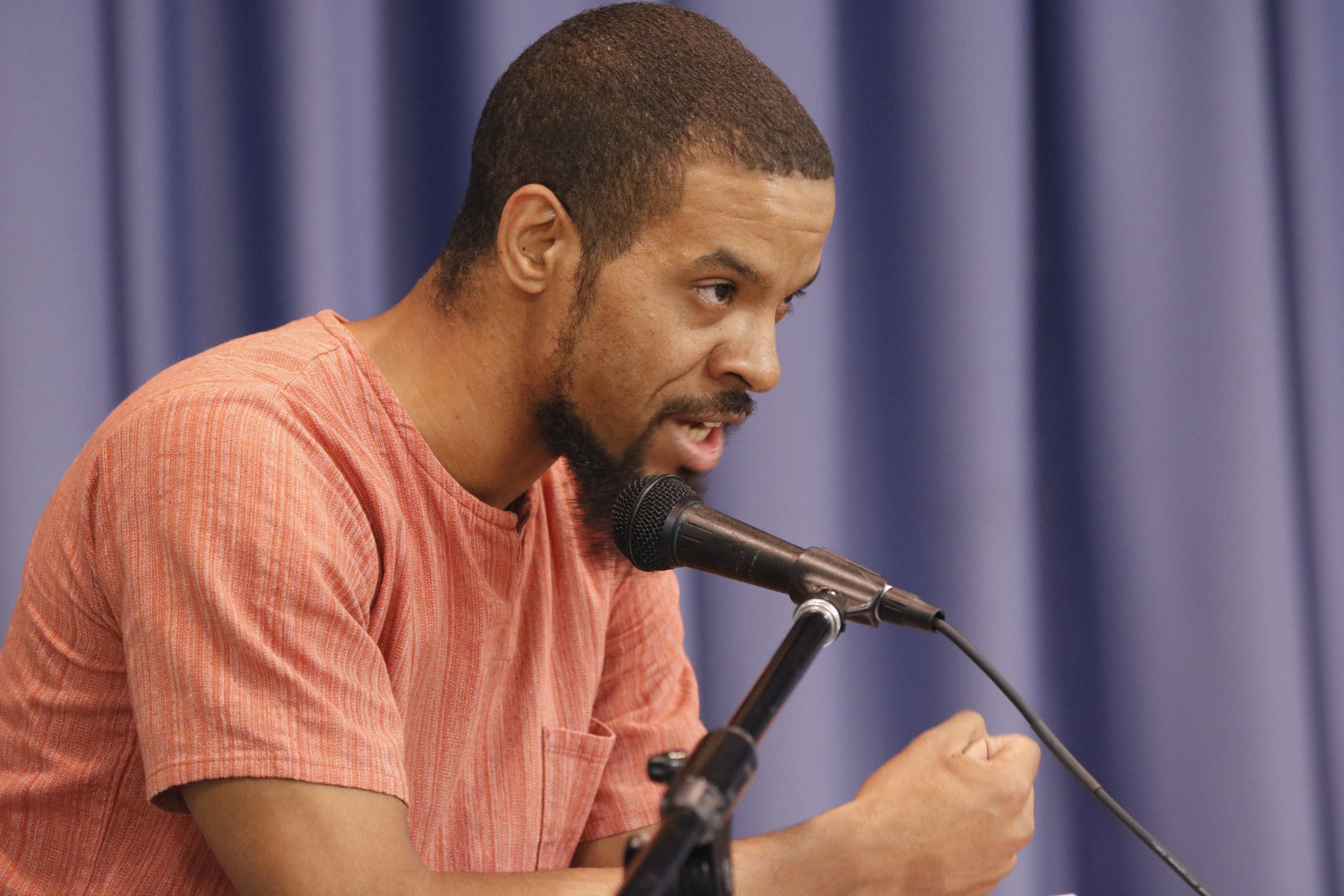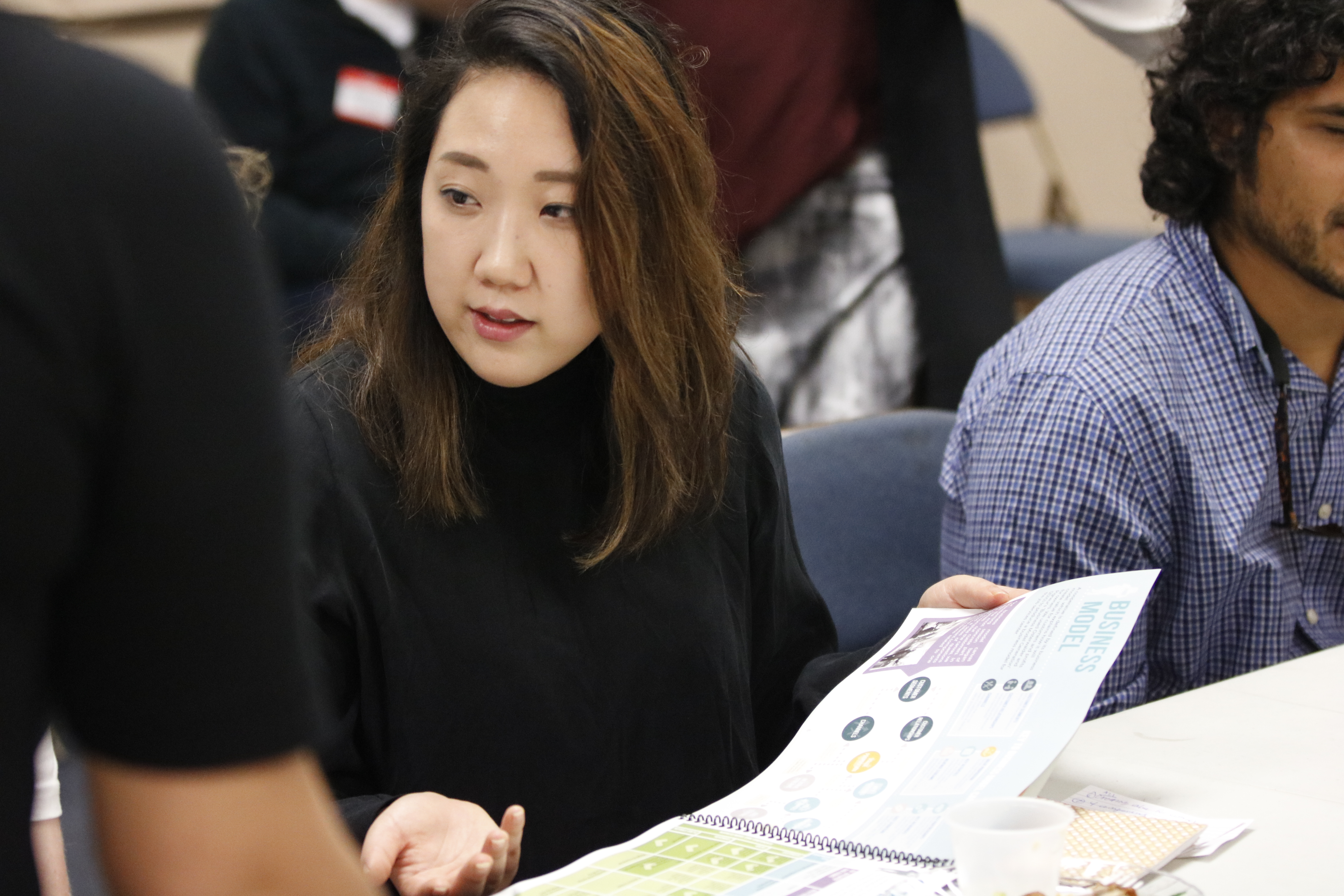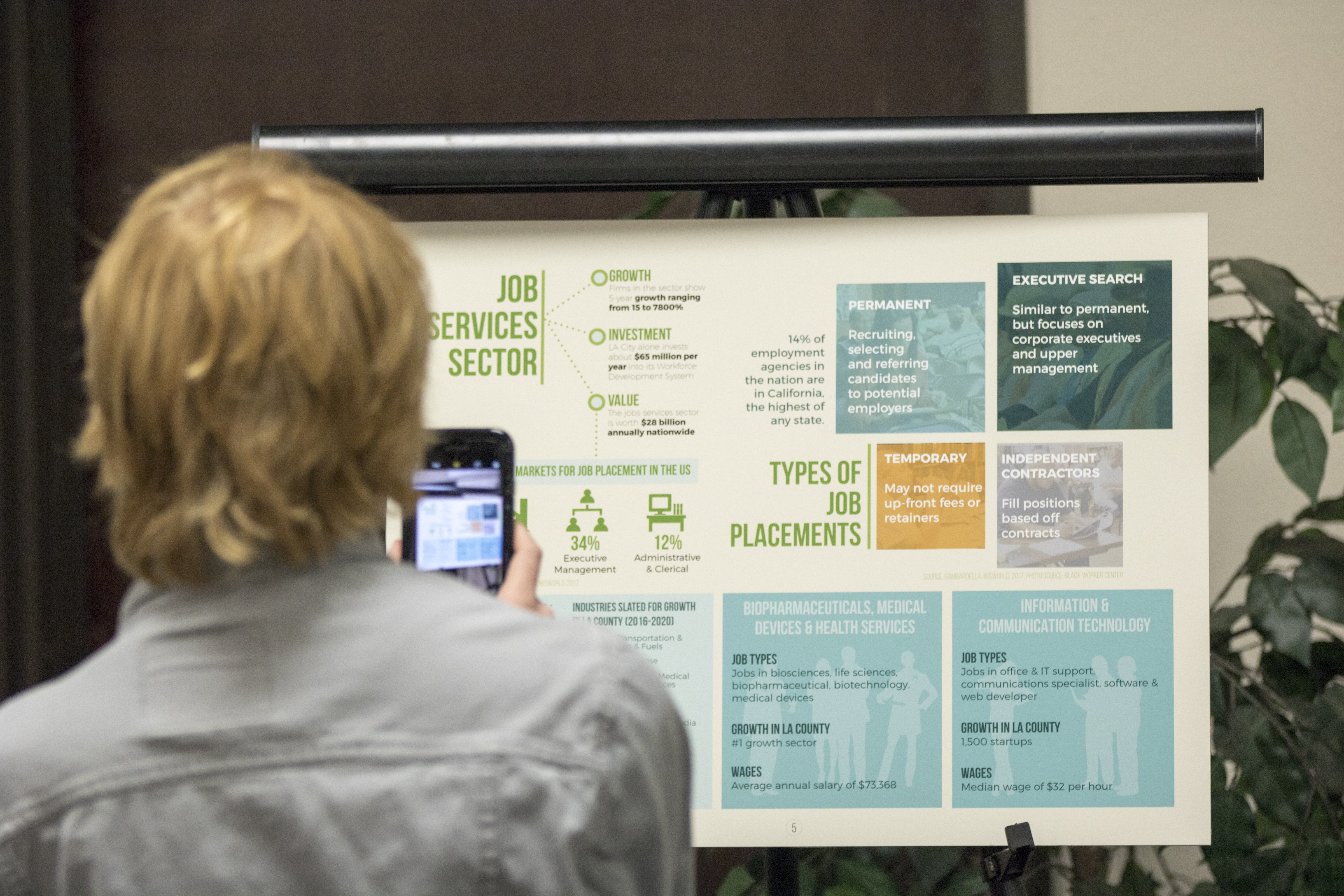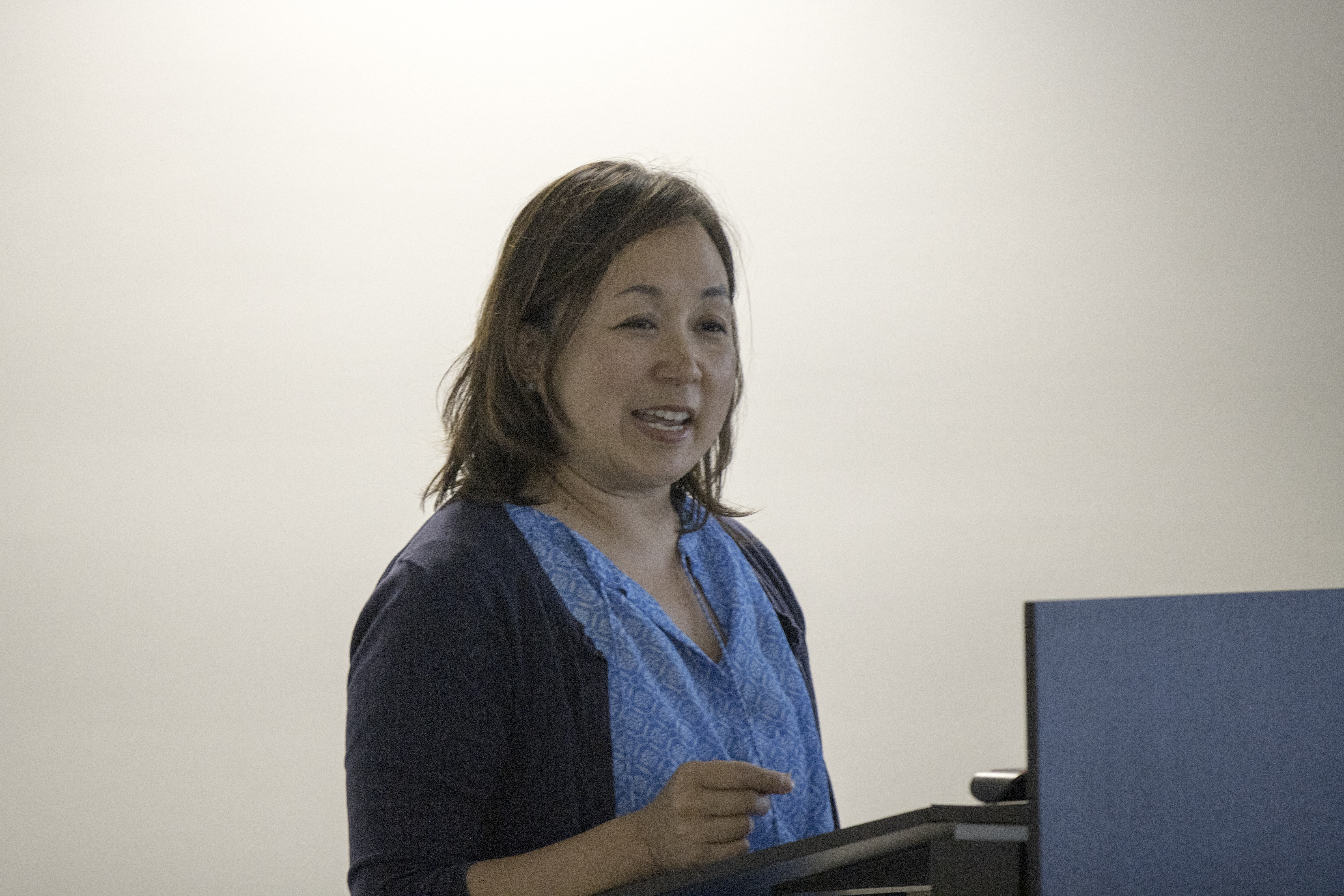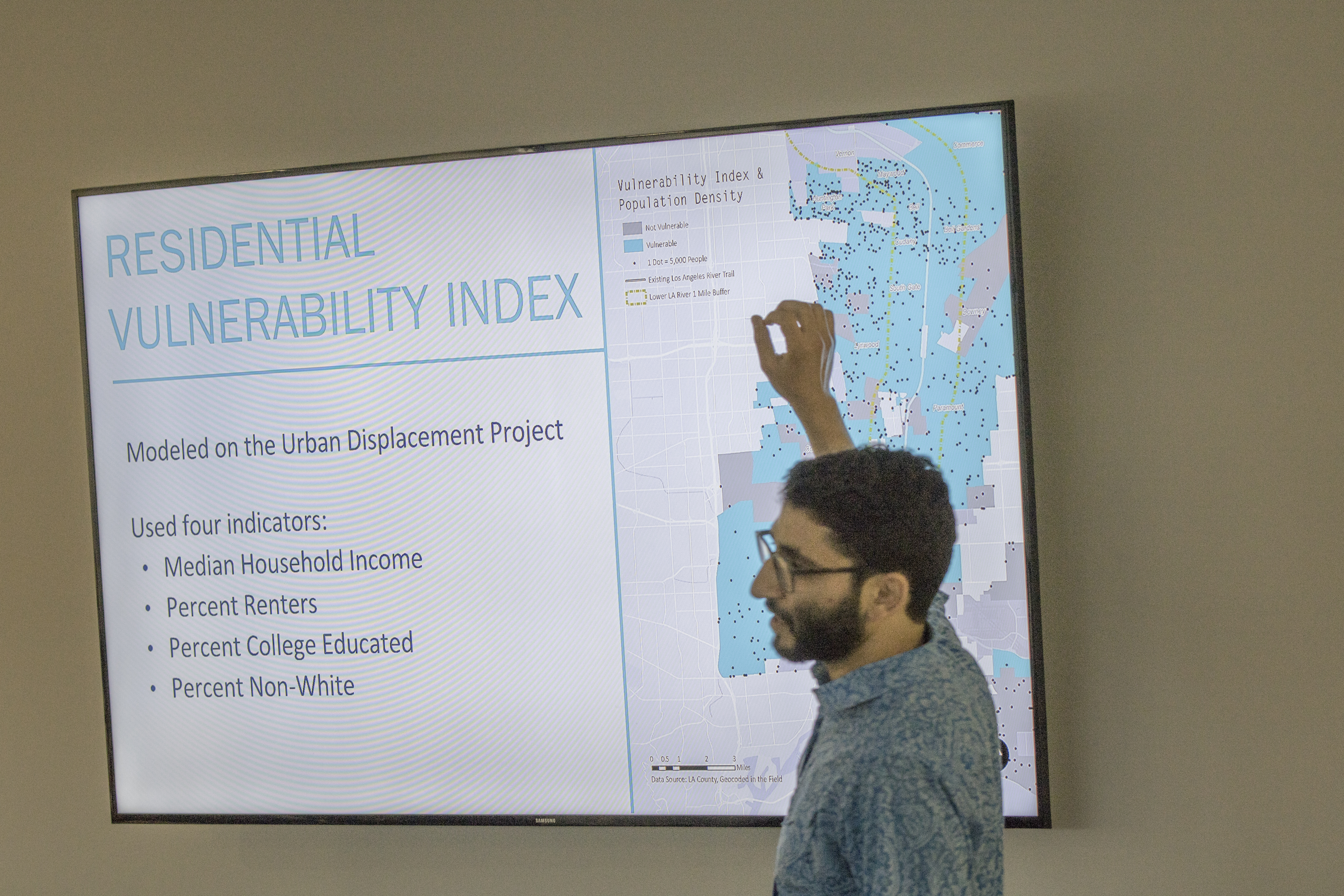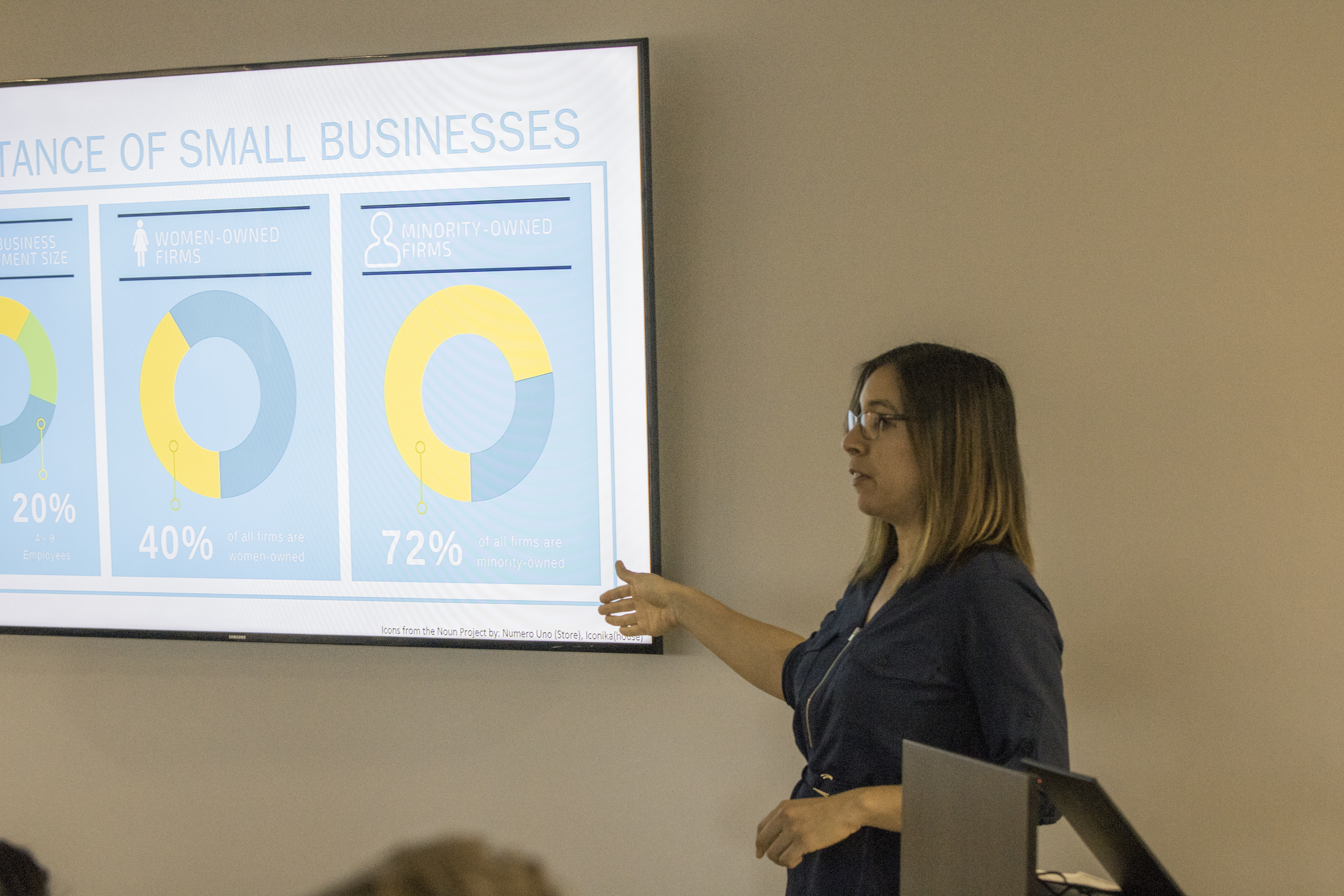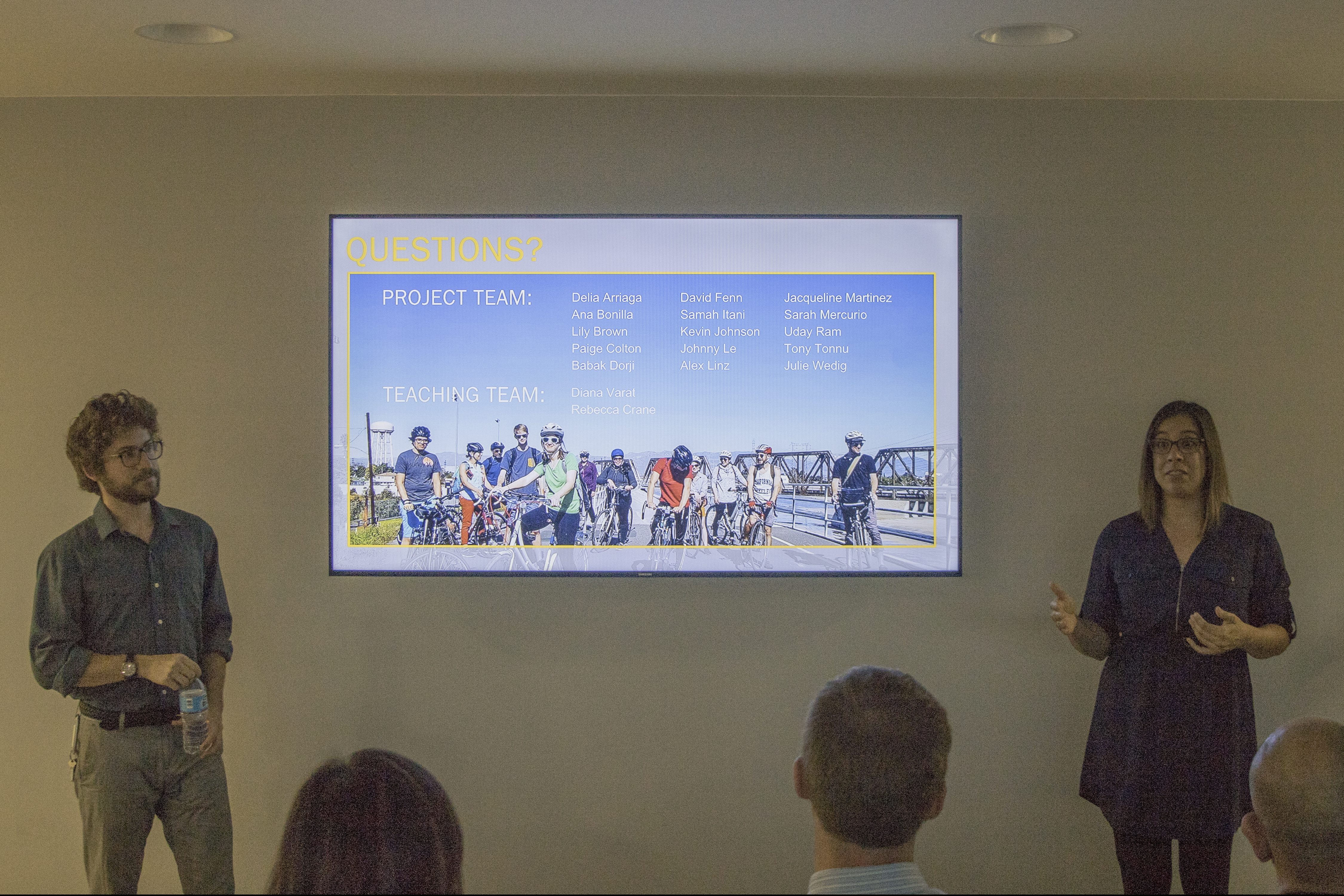Alumni News and Notes Recent gatherings and other updates from the alumni of UCLA Luskin
Each issue of the Luskin Forum magazine includes information regarding alumni gatherings and notes about what our graduates have been up to lately. Here are highlights from the most recent issue:
UCLA Urban Planning Legends Remembered
UCLA Luskin Professor of Urban Planning Emeritus Allan Heskin and Margaret Crawford UP PhD ’91 organized a beautiful alumni gathering in Berkeley, California, to honor the lives of three UCLA Urban Planning faculty we recently lost — John Friedmann (1926-2017), Jacqueline Leavitt (1939-2015) and Edward Soja (1940-2015).
UCLA Luskin alumni, friends and family spent an afternoon together sharing stories and celebrating the vibrant lives, careers and ideas of these influential individuals.
“We are fortunate to learn and grow from those we remember and those who gathered,” said Anson Snyder MA UP ’90.
Pioneering Collaboration for Safe and Affordable Water in California
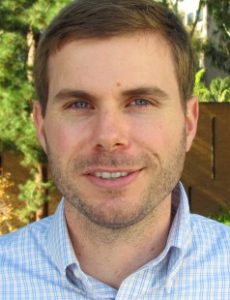
Gregory Pierce
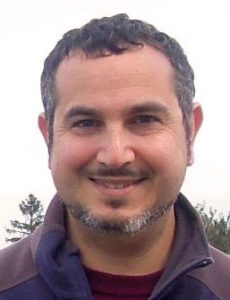
Max Gomberg MPP ’07
The growing problem of household affordability of water has been a concern for many, and for good reason. According to a survey by Circle of Blue, water rates rose in Los Angeles by as much as 71 percent from 2010 to 2017.
In San Francisco, the increase was as much as 127 percent. And the trend in water scarcity, climate change and competing uses over the last several decades indicates the problem is projected to get worse.
Climate and Conservation Manager Max Gomberg MPP ’07 of the California State Water Resources Control Board is working to change this with the help of the UCLA Luskin Center for Innovation, which is headed by Professor J.R. DeShazo. Together, the Water Board and the Luskin Center’s Senior Researcher Gregory Pierce MA UP ’11 PhD ’15, are conducting research to inform policy designs for a statewide Low-Income Rate Assistance program. This program would support California’s leadership in implementing a human right to water.
“If California does enact this program, it would be out in front. No other state has done this,” Gomberg said.
A Legacy of Helping People Grow
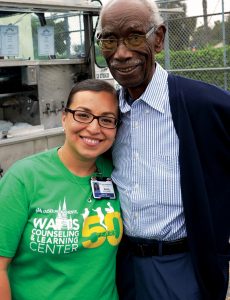
Maria Aguirre, current director of the Kaiser Permanente Watts Counseling and Learning Center, poses with Bill Coggins MSW ’55.
Bill Coggins MSW ’55 celebrated the 50-year anniversary of the Kaiser Permanente Watts Counseling and Learning Center, which he founded in 1967. Coggins began his career with Kaiser in the aftermath of the Watts Riots, having just returned from London, where he studied as a Fulbright Fellow. As a clinical social worker, he was tasked with creating a loosely defined community service program that could provide services for children and parents in South Los Angeles.
The enterprise is rooted in the community thanks to Coggins’ relentless efforts to build partnerships and encourage local residents like “Sweet” Alice Harris. It all began in a small room on 103rd Street and Anzac with three employees. Coggins recalls, “We all thought great things were going to happen … we were going to change the world.”
And they do, every day. The center has since grown into a 9,000-square-foot facility in the same location, with a team of 30 therapists, teachers and staff. Their motto, “Helping People Grow,” is poised to guide the organization through another 50 flourishing years.
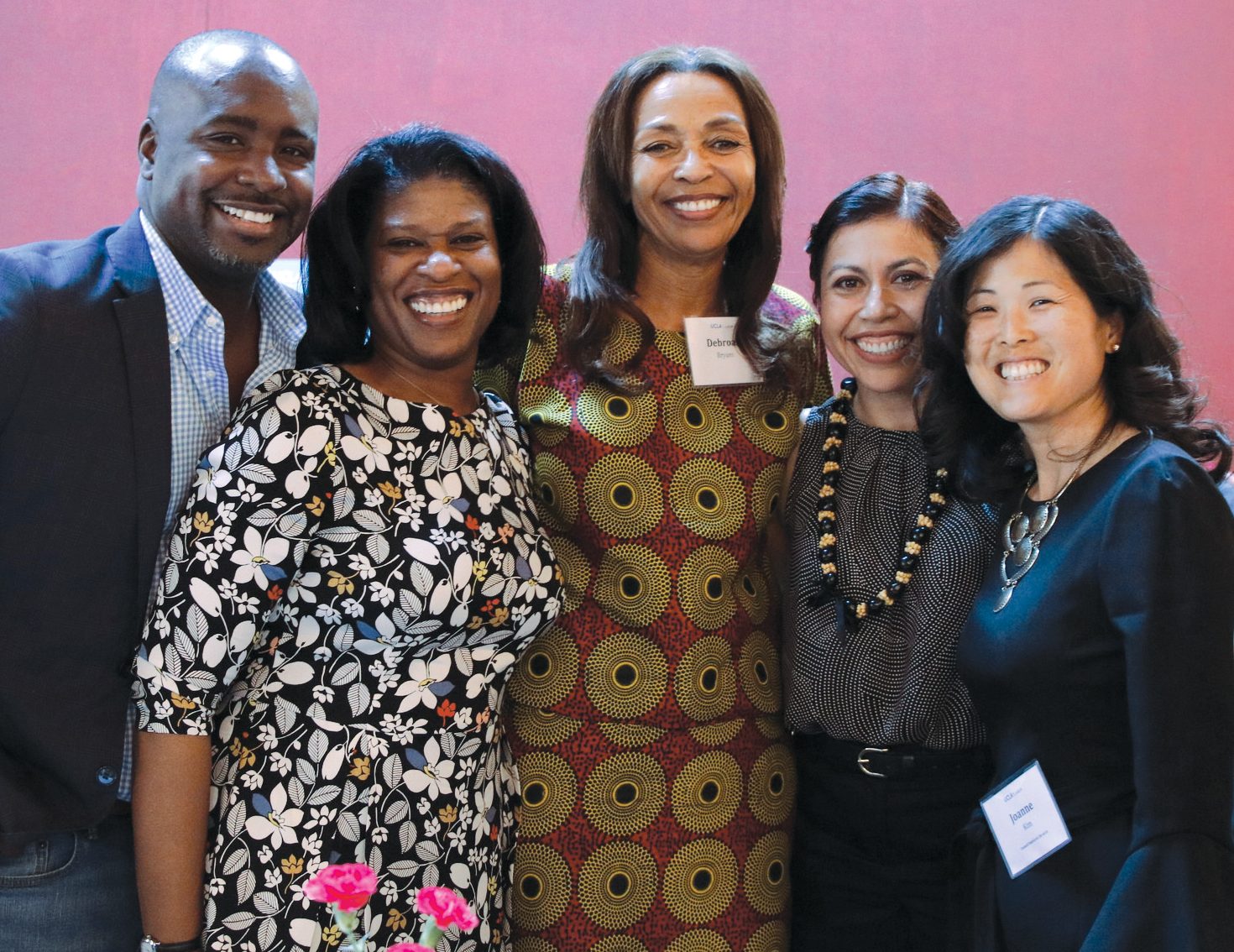
Guests at the annual Social Welfare Alumni Gathering included, from left, Council member Marqueece Harris-Dawson, Karrie Harris-Dawson, Deborah Bryant, Aurea Montes-Rodriguez MSW ’99 and Joanne Kim.
Community Organizer Honored as Joseph A. Nunn Alumna of the Year
More than 100 alumni, faculty, friends and colleagues came together on May 20 at the annual Social Welfare Alumni Gathering to recognize the 2017 recipient of the Joseph A. Nunn Alumna of the Year Award, Aurea Montes-Rodriguez MSW ’99.
Montes-Rodriguez came to California from Mexico at the age of 3, was raised in South Los Angeles and witnessed firsthand the 1992 riots.
Now serving as the Executive Vice President of Community Coalition, a social justice nonprofit based in South Los Angeles, Montes-Rodriguez credits her success and inspiration to lessons learned while at UCLA Luskin. Among those lessons were leadership seminars led by Joseph A. Nunn MSW ’70 PhD ’90, former vice chair and longtime director of field education, who focused on social welfare beyond the individual treatment model to build organizations and change the systems that prevent people from reaching their potential.
She also cited the late Social Welfare faculty member Mary Brent Wehrli MSW ’84 who, according to Montes-Rodriguez, “went out of her way to help us understand the theory with the practice in communities by bringing us out into the communities and organizations who were doing great work. She really pushed us to see leadership opportunities and the contributions we could make by providing us with concrete training.… And, since I graduated, that is exactly the work I have been doing … organizing everyday people about having a voice in addressing the most pressing issues so they can be the drivers of change.”
It is no surprise then that Montes-Rodriguez has indeed made enormous contributions to the community and the field-at-large. Her strategic direction of Community Coalition’s education reform campaigns includes a landmark $151 million settlement that was announced in September 2017 to ensure Los Angeles Unified School District (LAUSD) allocates funds to a group of 50 LAUSD schools in South and East Los Angeles.
She is also a co-founder of Partners for Children South LA, a multiagency initiative that seeks to improve children’s development and reduce the risk of involvement with the child welfare system, and she serves as a board member of the Building Movement Project, working to build capacity within the nonprofit sector to promote social justice at the national level.
Most recently, she was selected by The Education Trust-West as a Senior Equity Fellow, which is a fellowship designed to provide a platform for California’s educational equity leaders.
Alumni Accolades
- Jennifer Bryning Alton MPP ’01 was appointed senior consultant to the Assistant Secretary for Preparedness and Response for the U.S. Department of Health and Human Services.
- Mohammed Cato MA UP/JD ’06 was appointed as UCLA’s Title IX Coordinator overseeing UCLA’s compliance with Title IX including policies and procedures to prevent and respond to gender discrimination, sexual harassment and sexual violence.
- Masen Davis MSW ’02 has been selected to serve as the new CEO for Freedom for All Americans (FFAA). With the goal of securing federal statutory protections for LGBT Americans, FFAA works to advance measures and laws protecting people from discrimination on the basis of sexual orientation, and gender identity and expression.
- Joey Nuñez Estrada, Jr. MSW ’01 was promoted to associate professor at San Diego State University, Department of Counseling & School Psychology where his scholarship focuses on building socially just school environments by challenging systemic inequities and eradicating school and community barriers to student learning.
- Sarah Godoy MSW ’15 was named No. 20 in the list of Top 100 Influence Leaders by Assent Compliance, which contributes to the awareness, education, regulation, and fight against human trafficking and slavery.
- Alexandra Tassiello Norton MA UP ’06 was chosen to serve as the new Deputy Director for Administration and Innovation at Louis Armstrong New Orleans International Airport.
- Sarah Simons MPP ’07 was selected as a Climate Change Adaption Fellow by the MIT Climate CoLab where she serves as a technical reviewer of proposals to address climate change challenges posed by land use, agriculture and forestry. She represents the Natural Capital Practice of her employer, SSG Advisors.
- Morgan Sokol MPP ’15 was promoted to vice president of government affairs for MedMen, the leading full-service management company and capital firm serving the cannabis industry.
- Carole Turley Voulgaris UP PhD ’17 was honored with the Barclay Gibbs Jones Award from the Association of Collegiate Schools of Planning (ACSP) for Best Dissertation in Planning, which recognizes superior contributions to scholarship.

